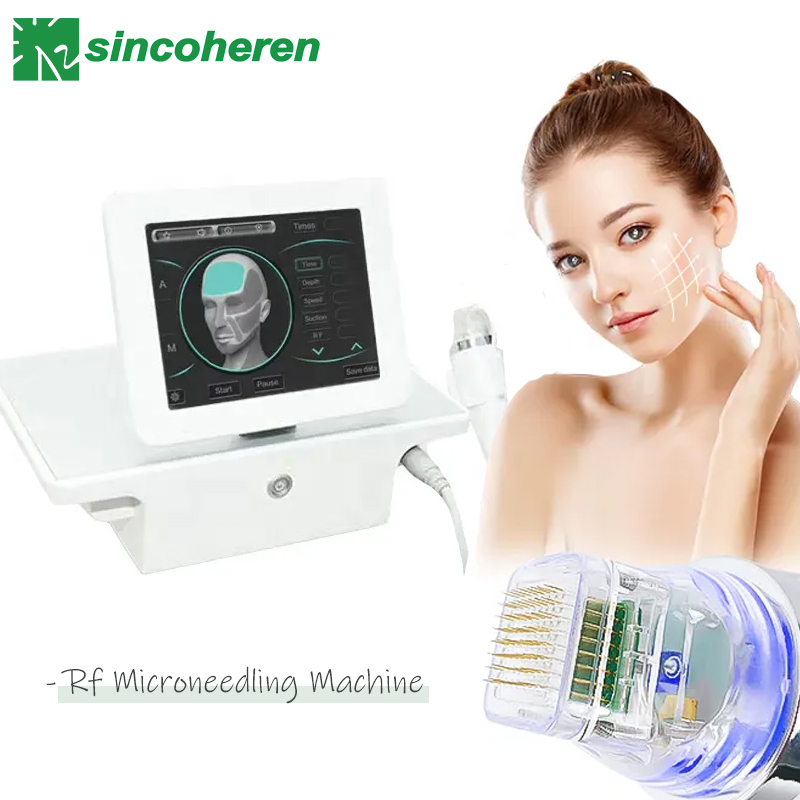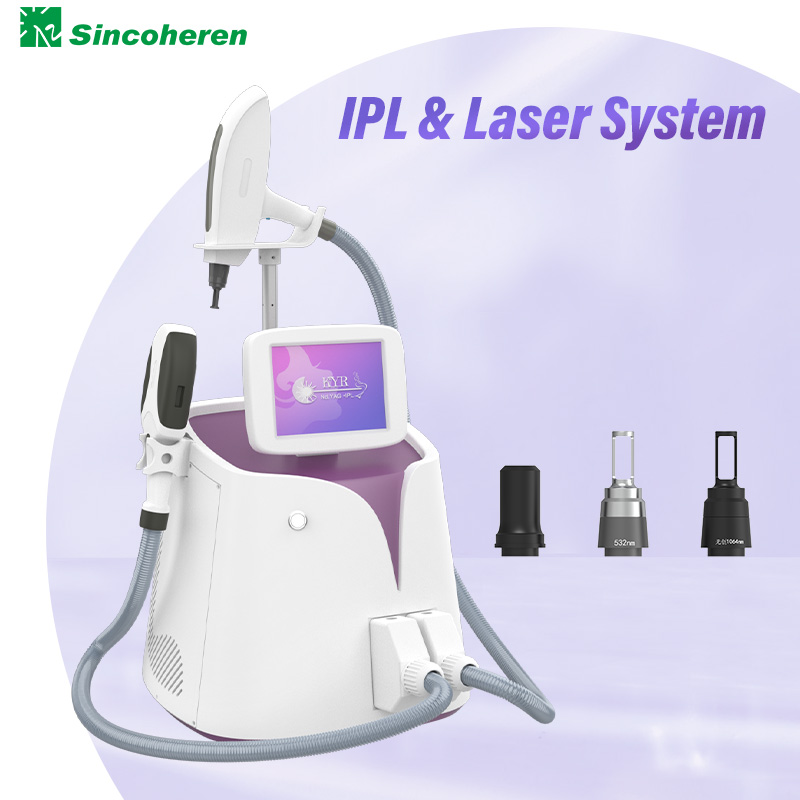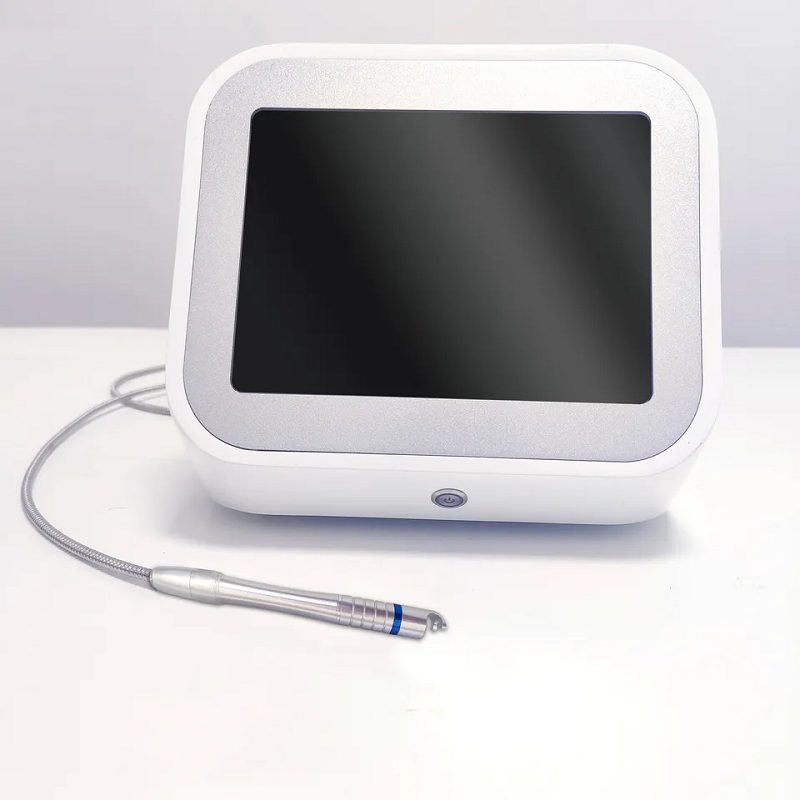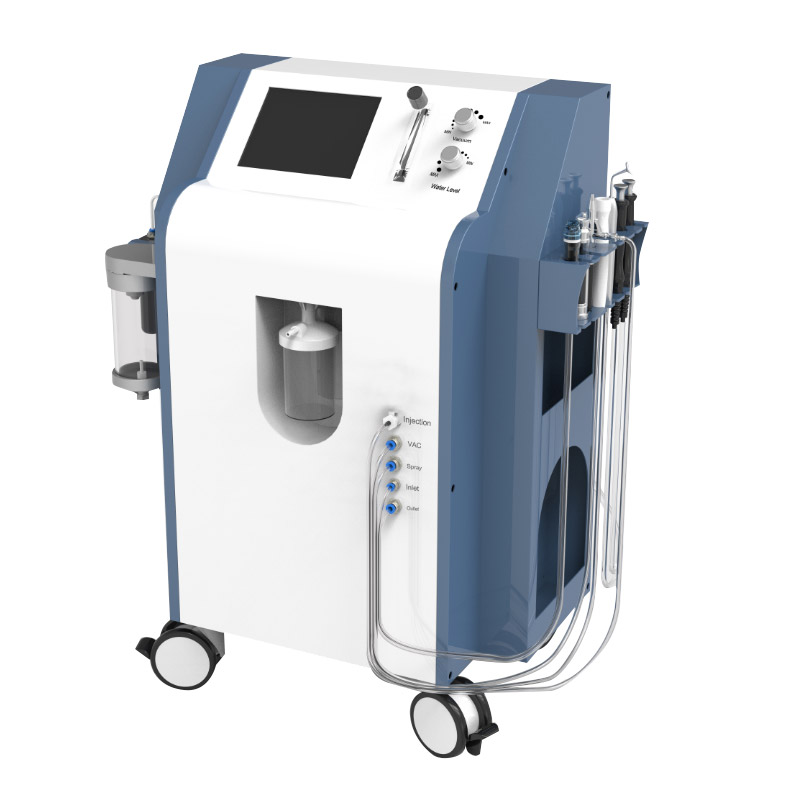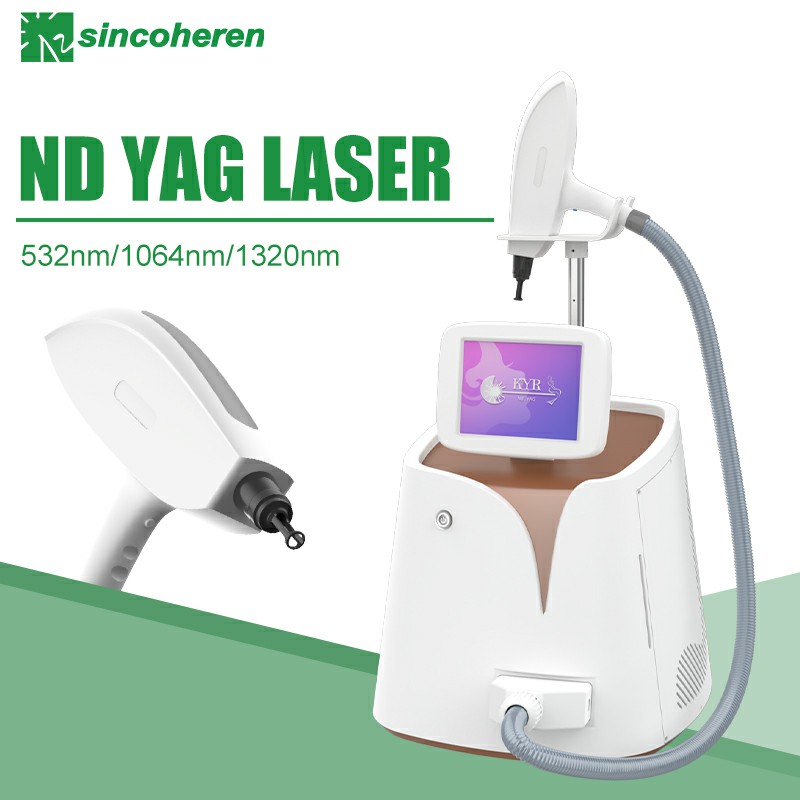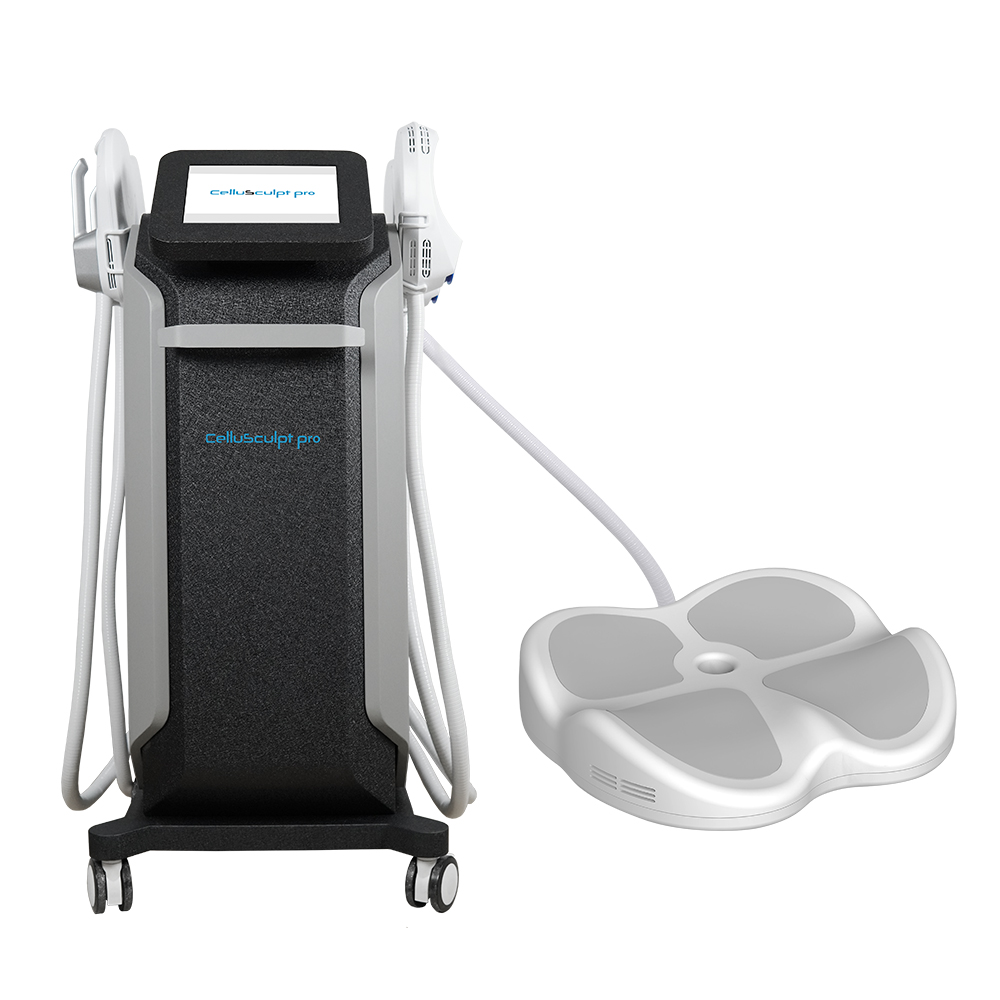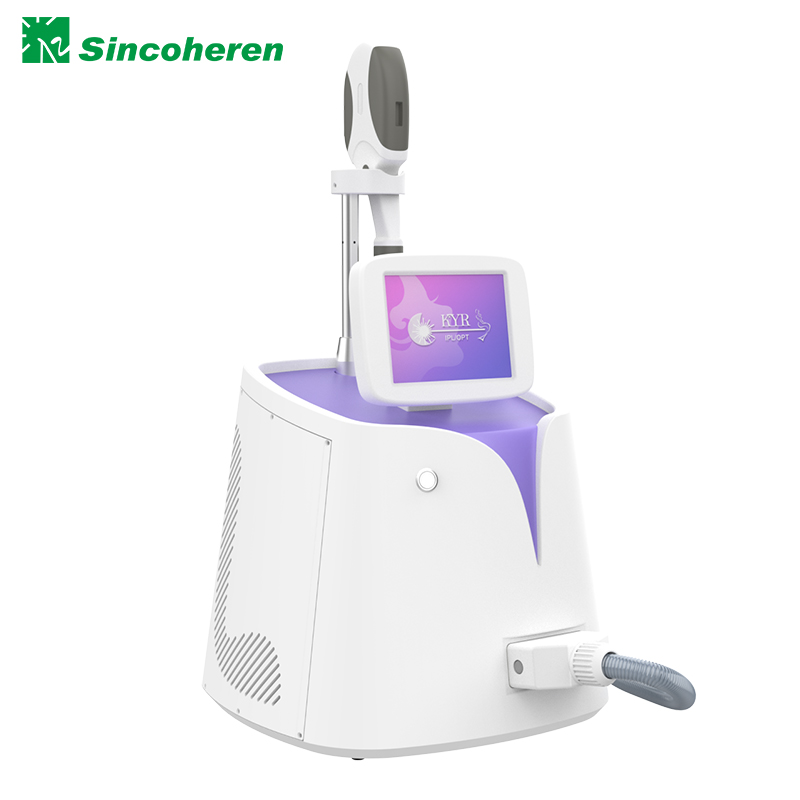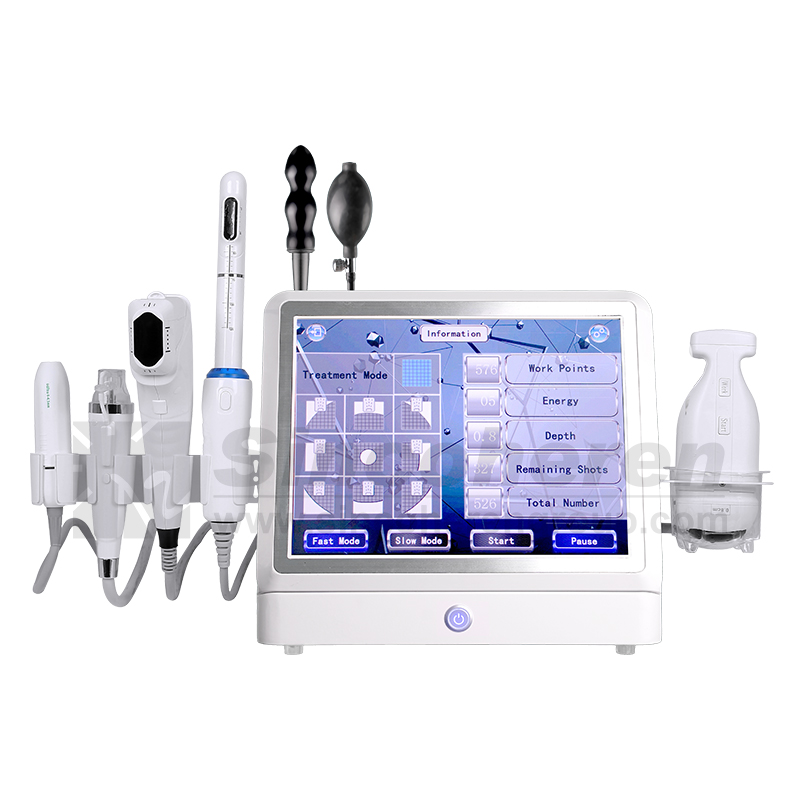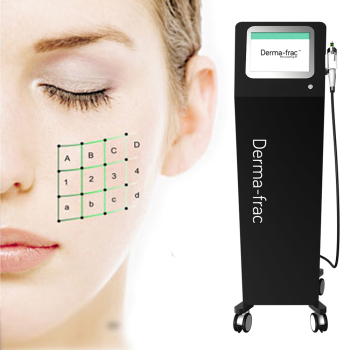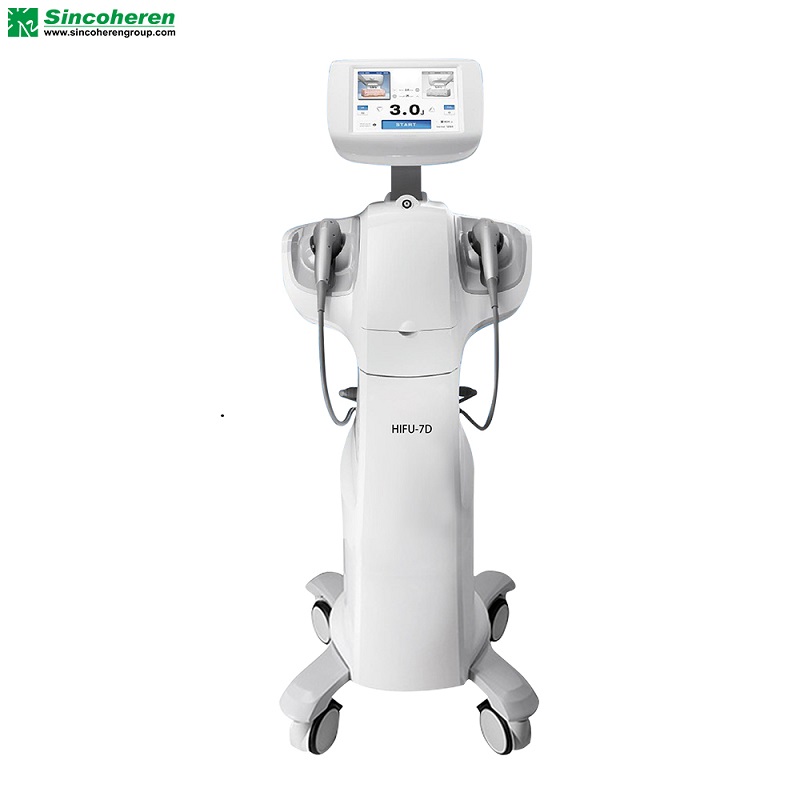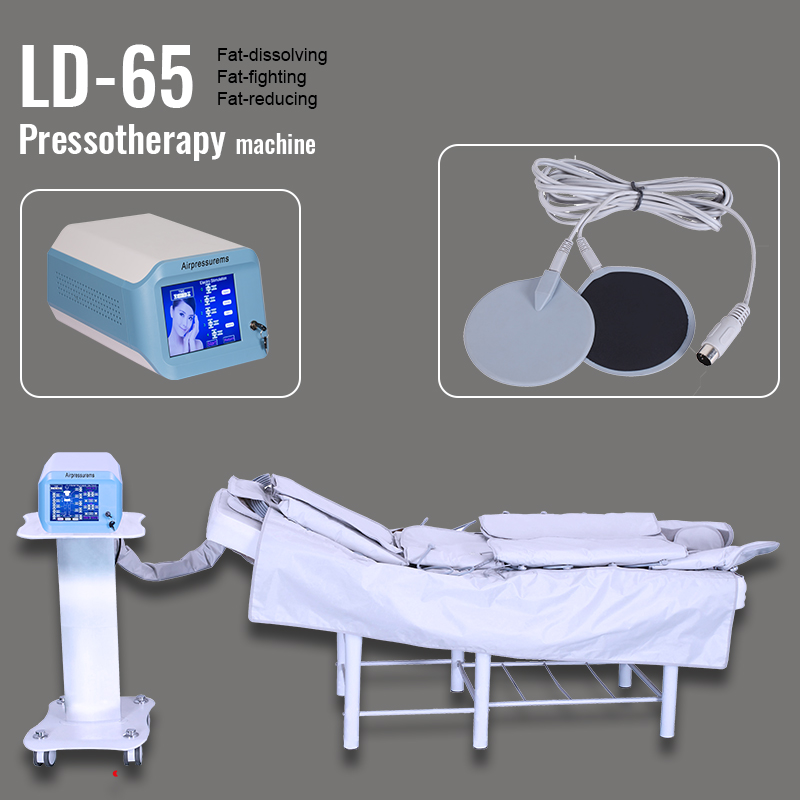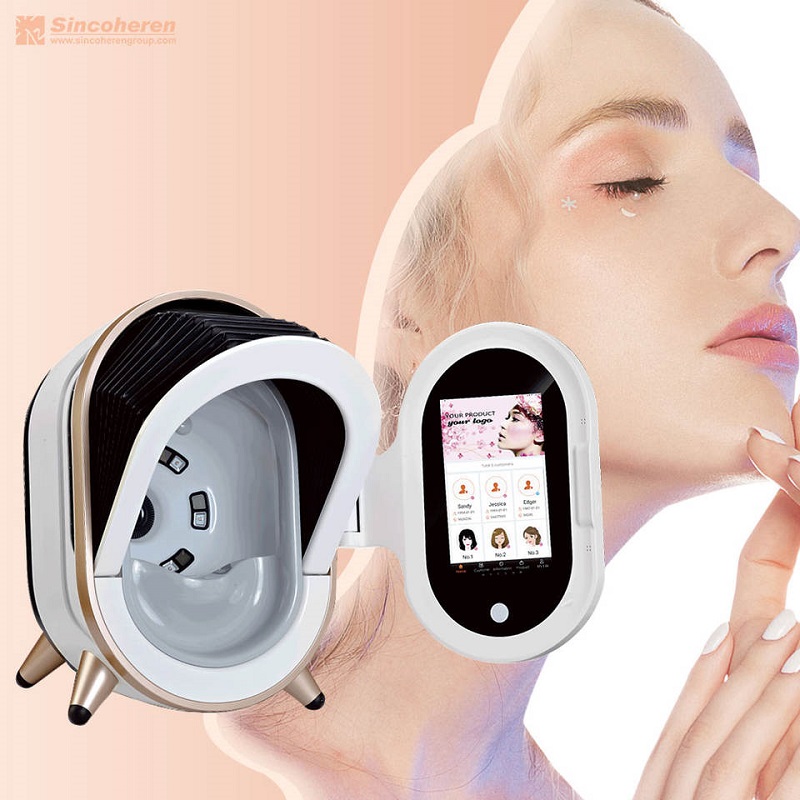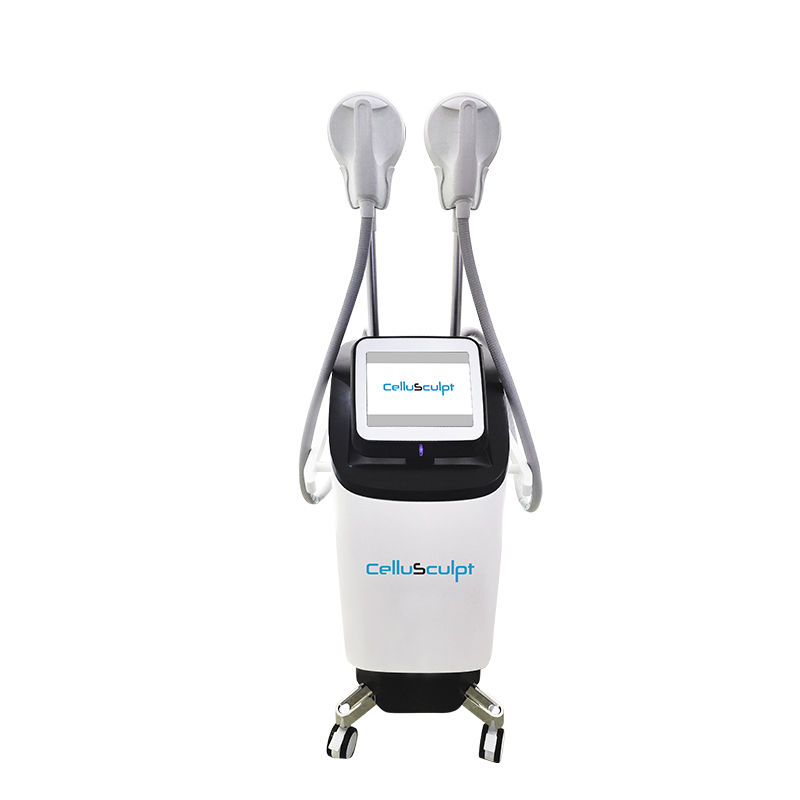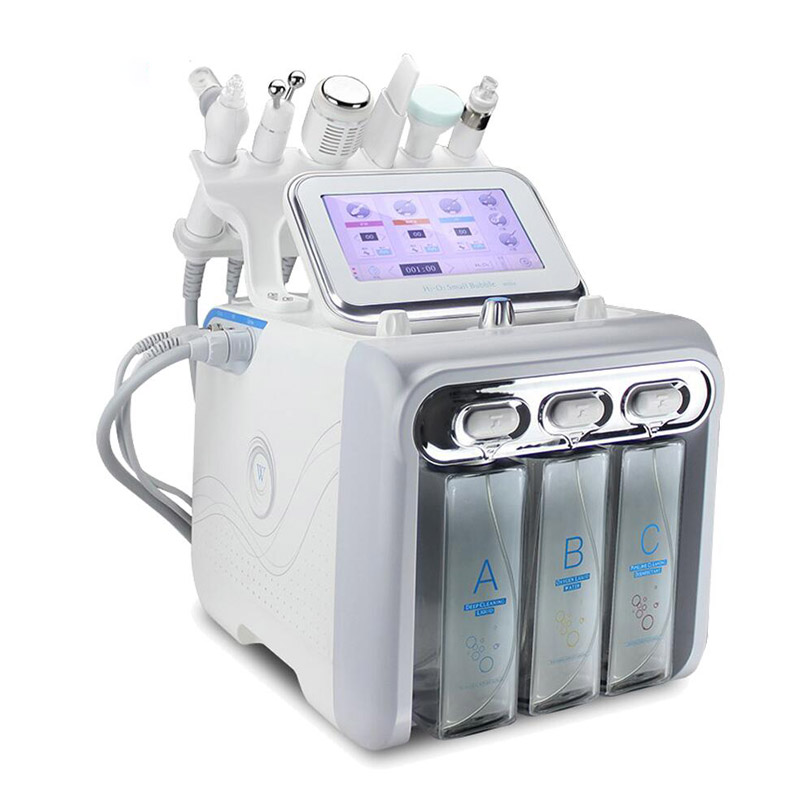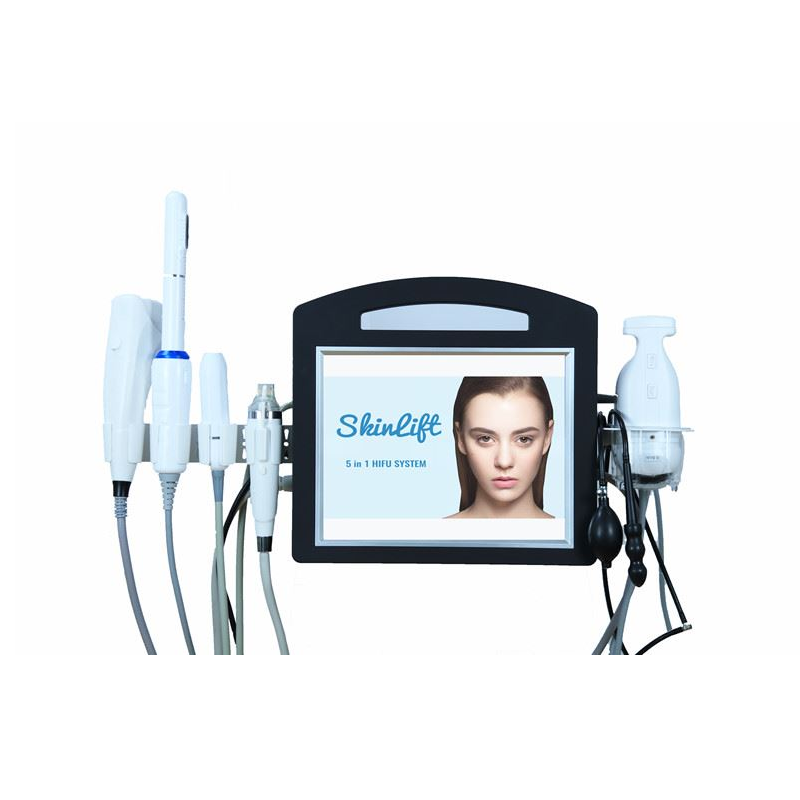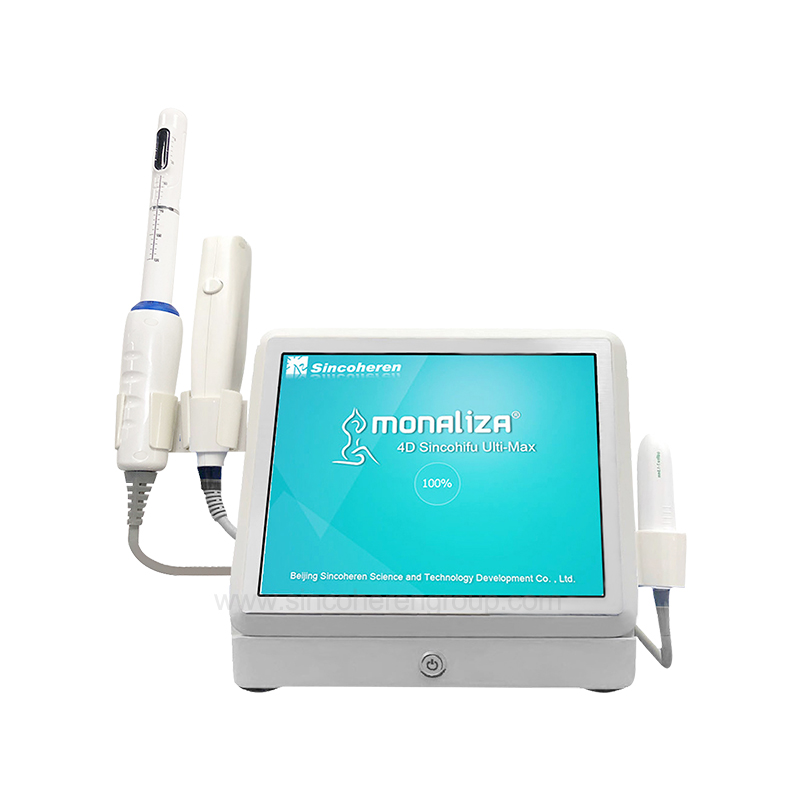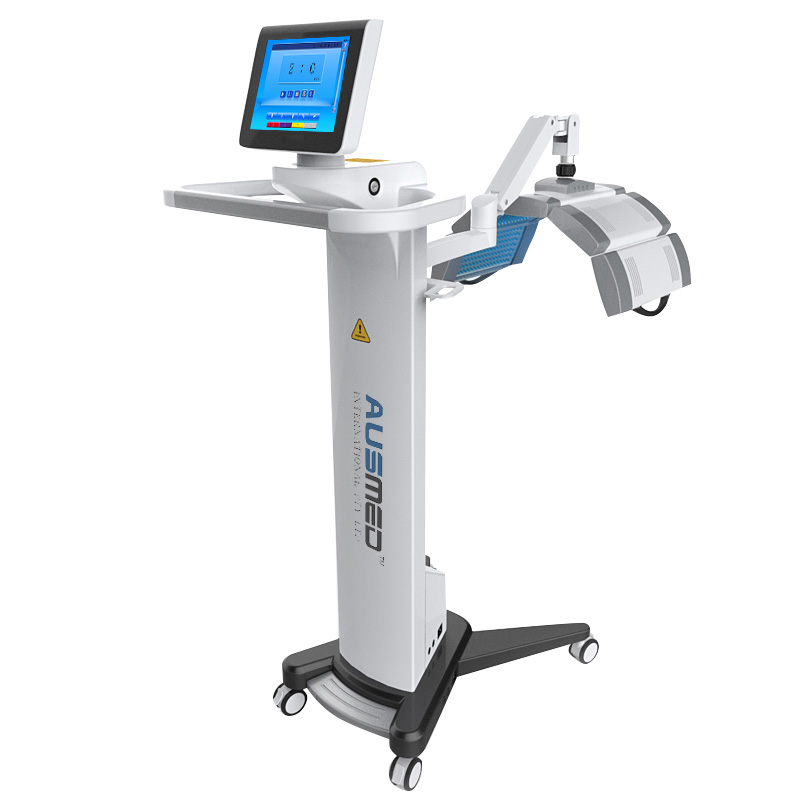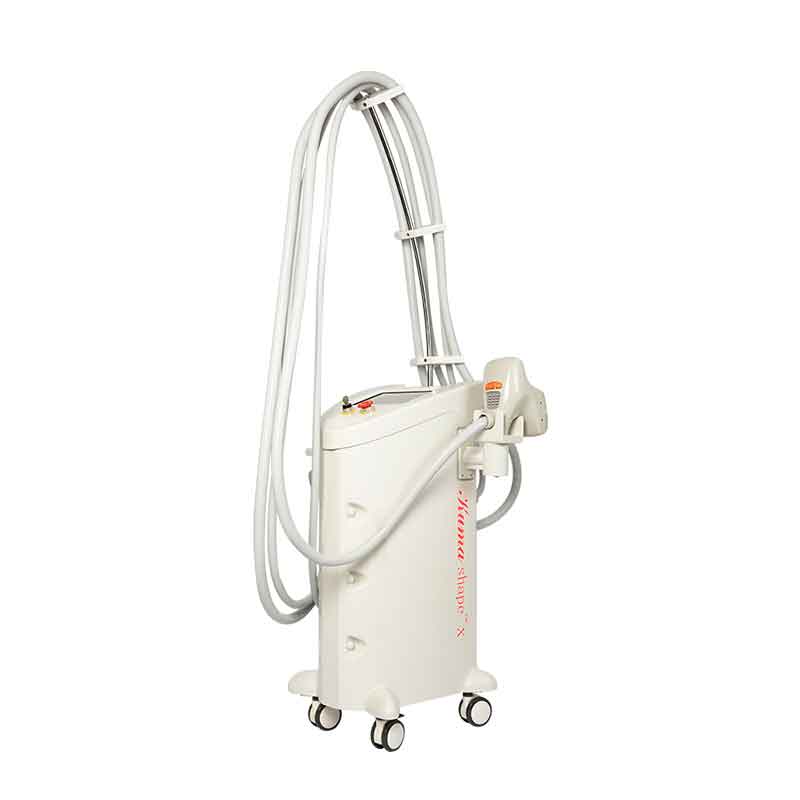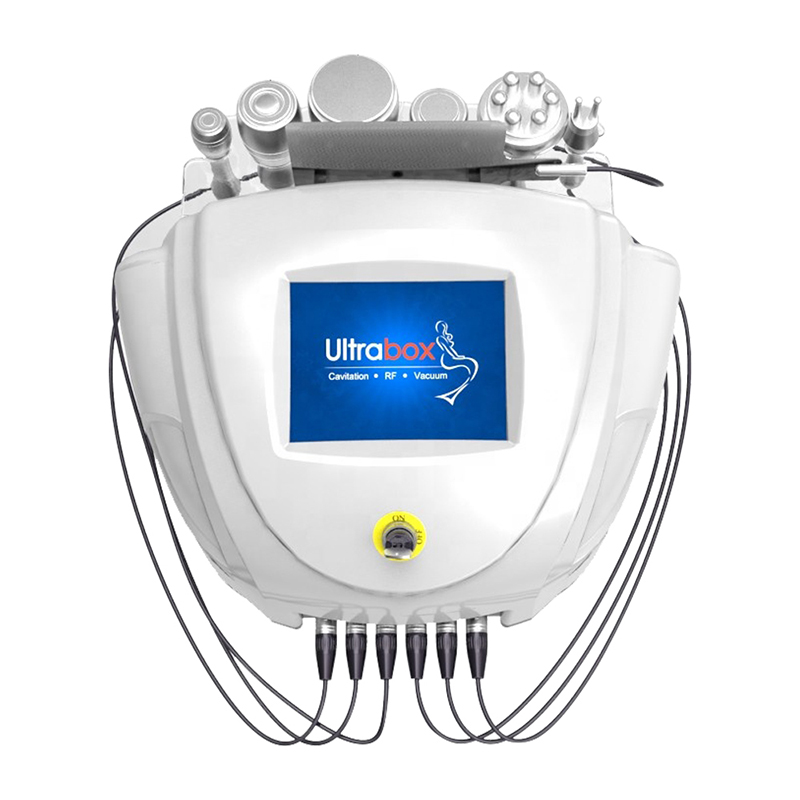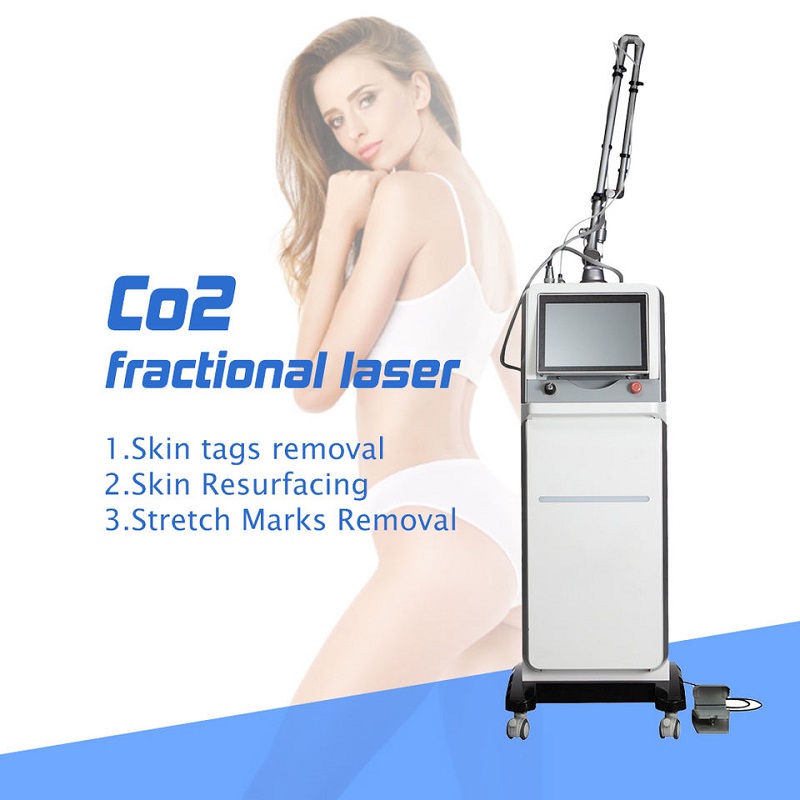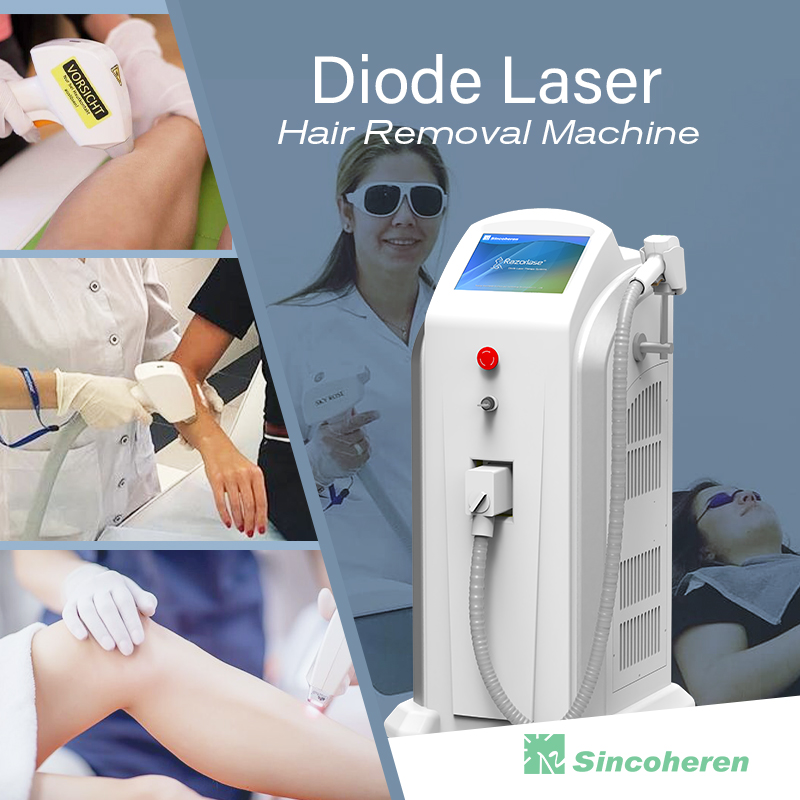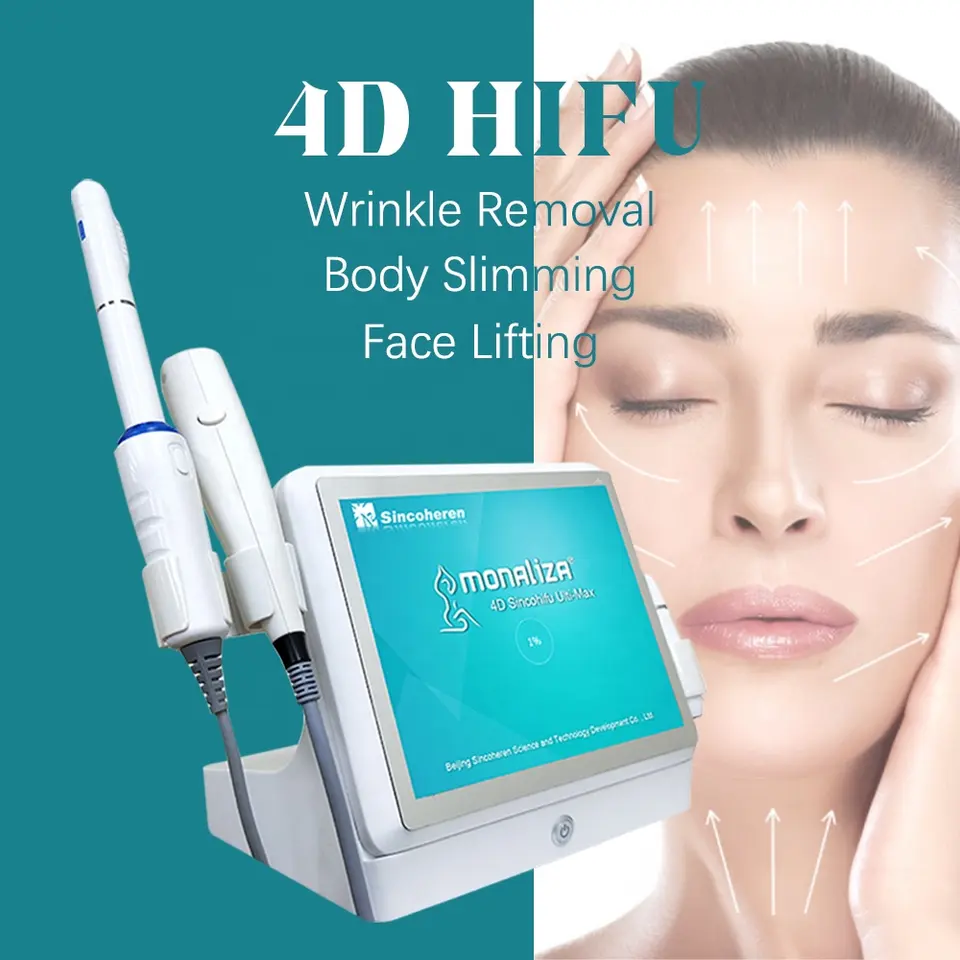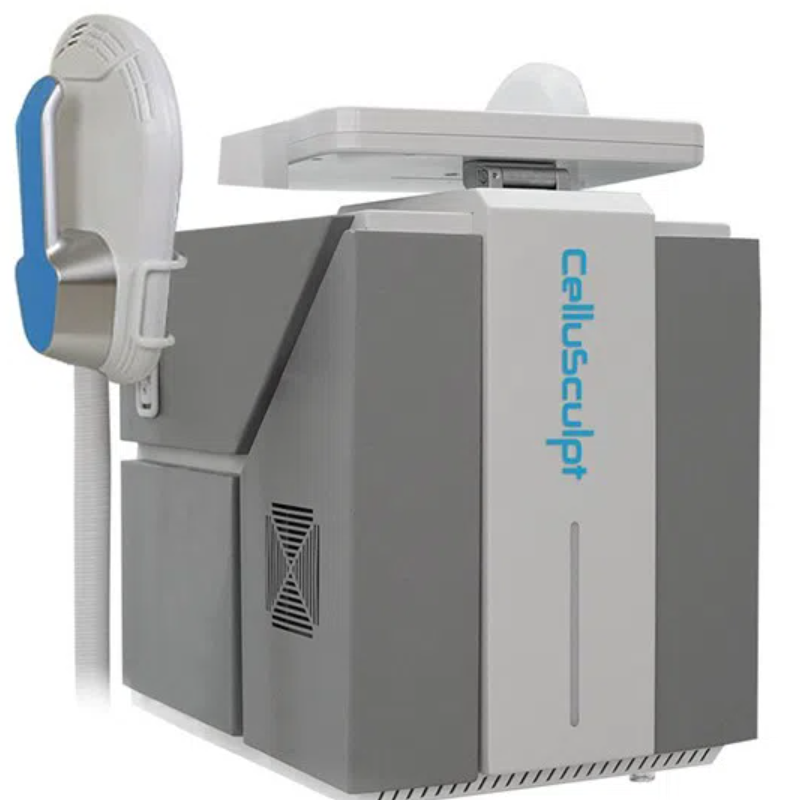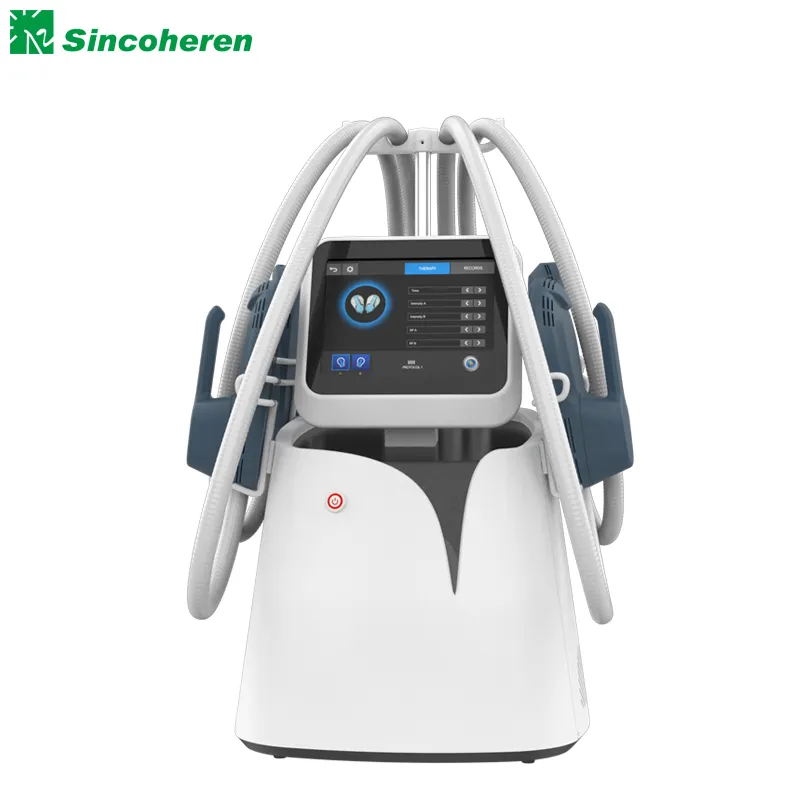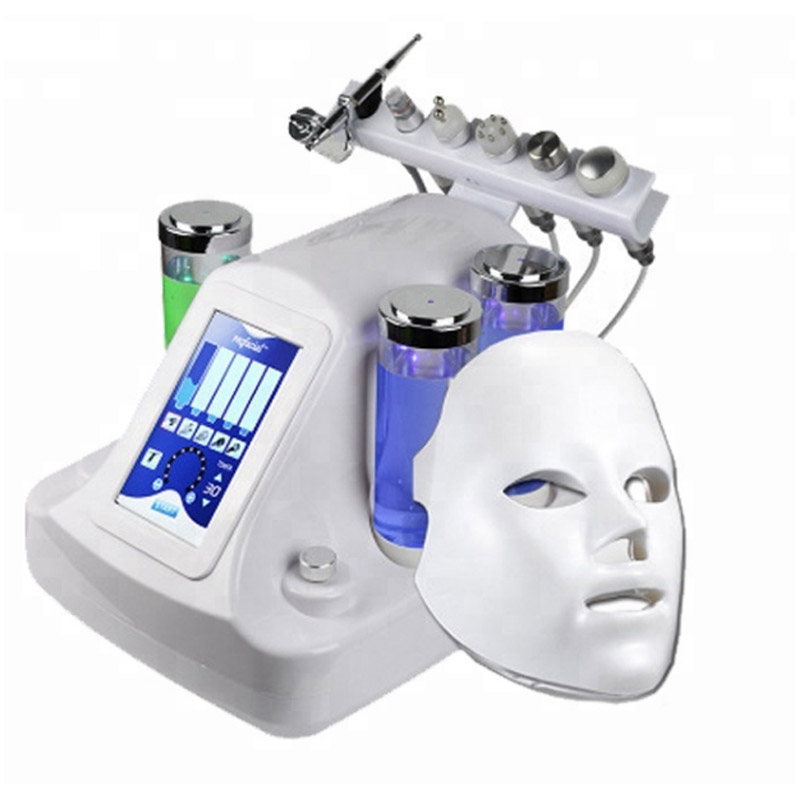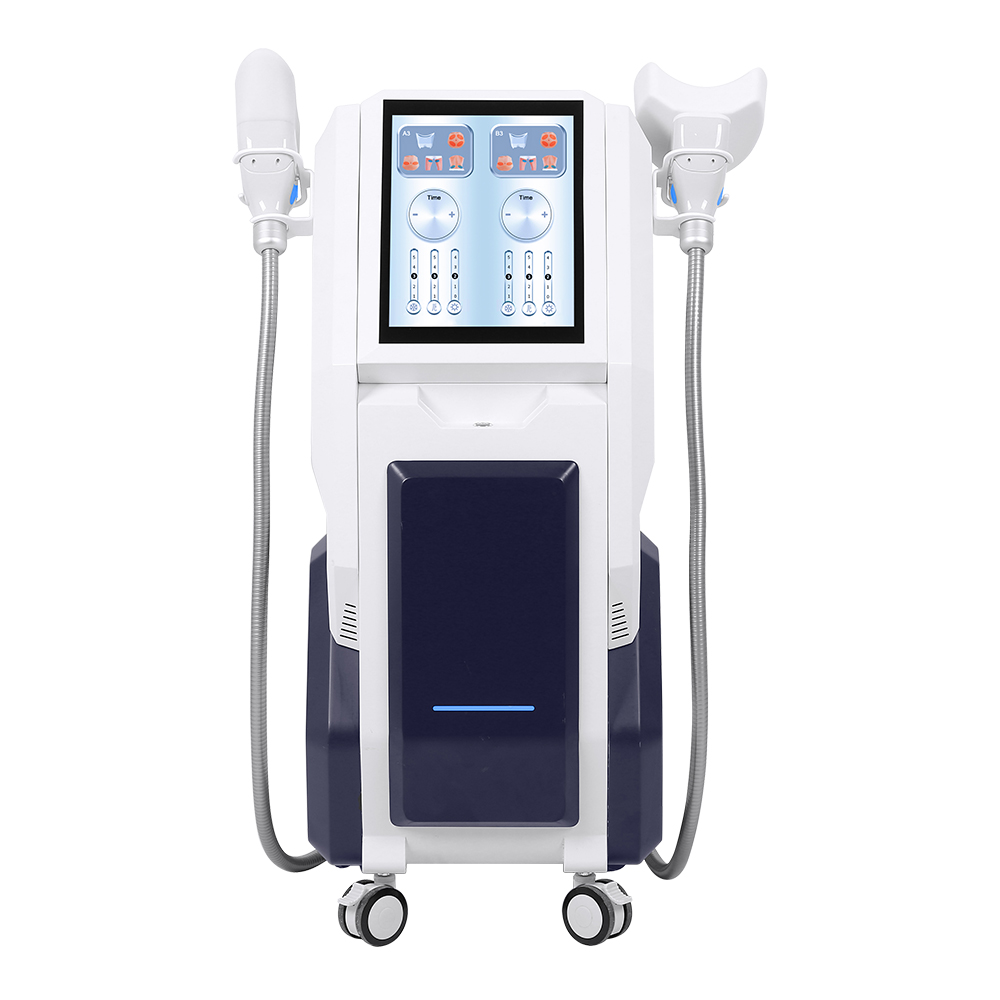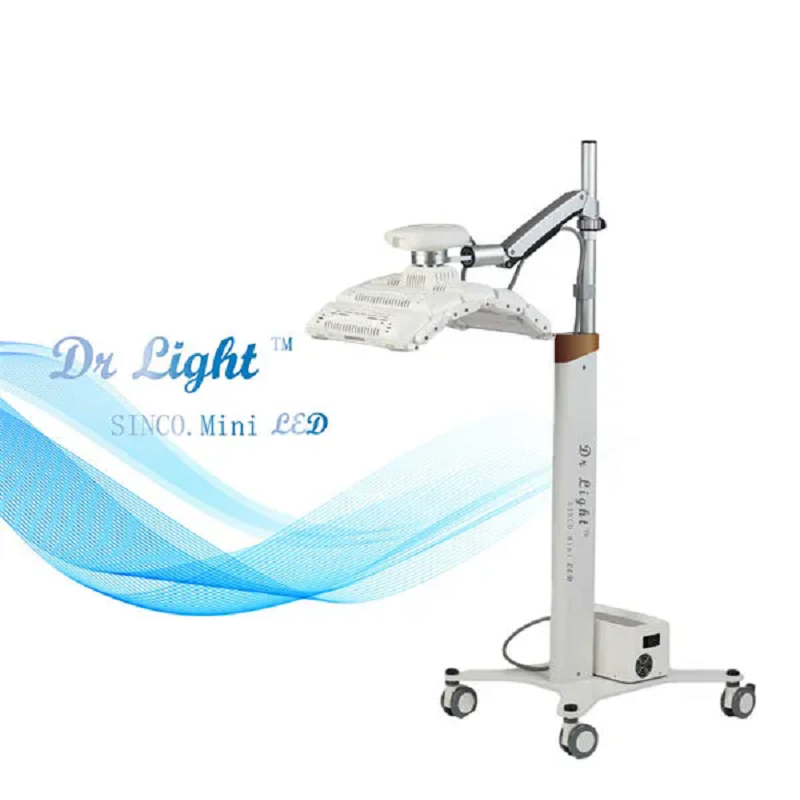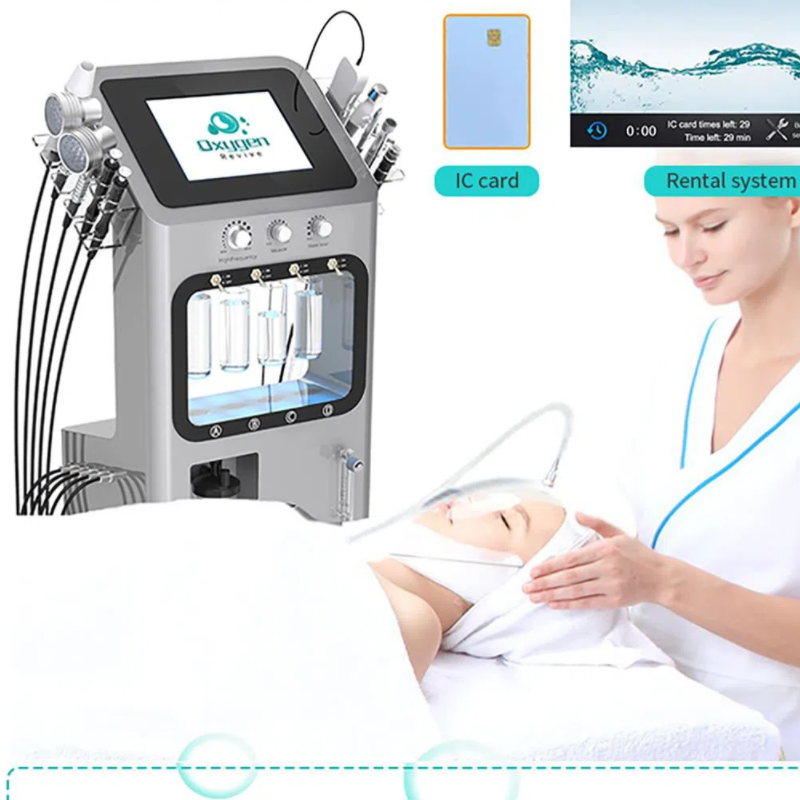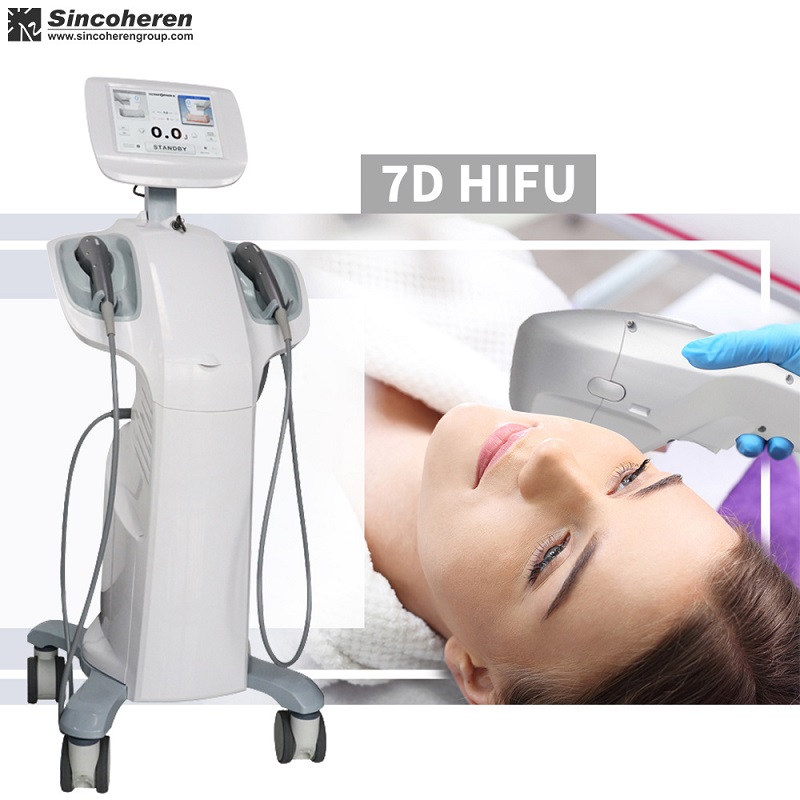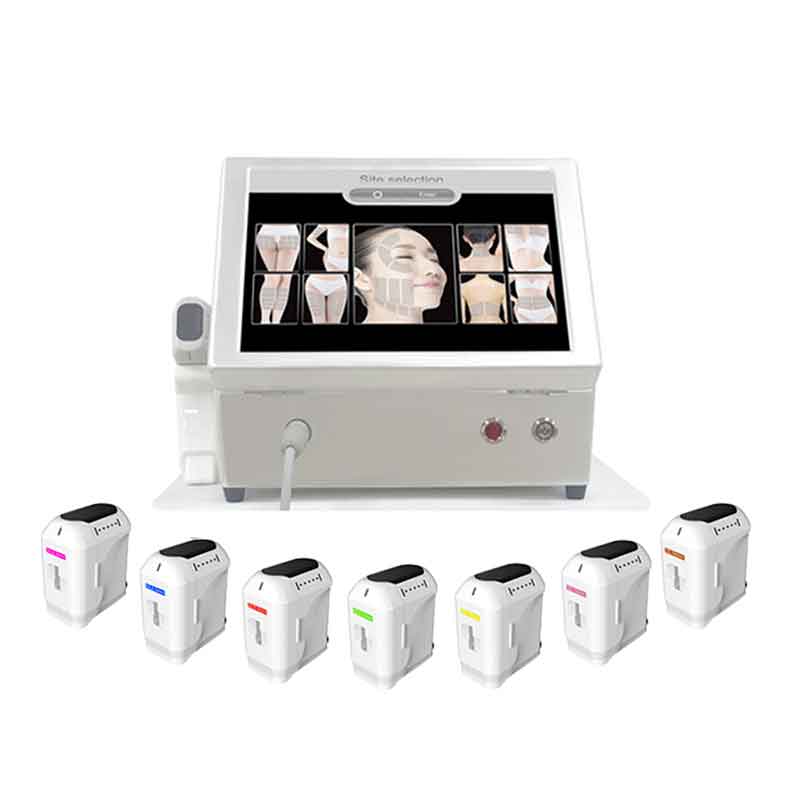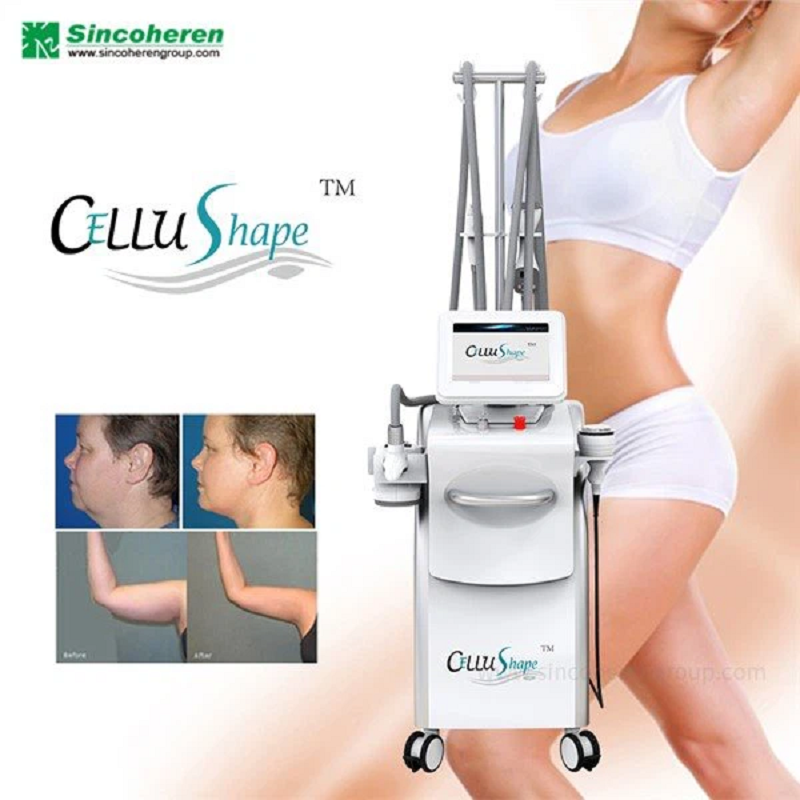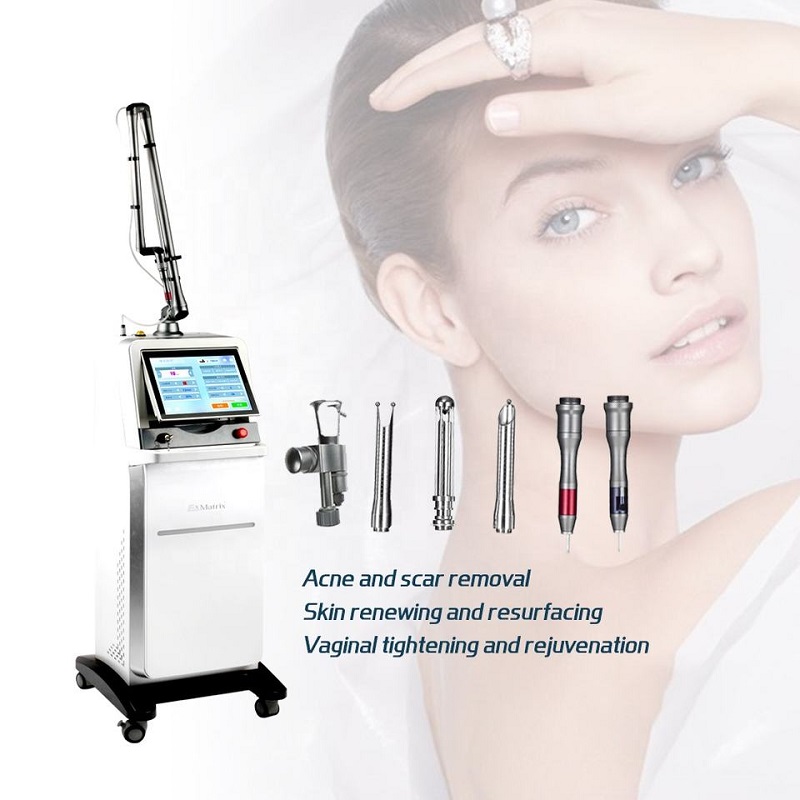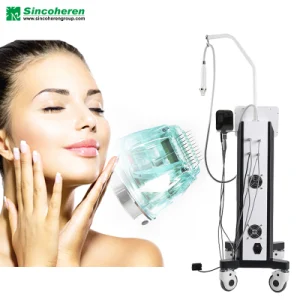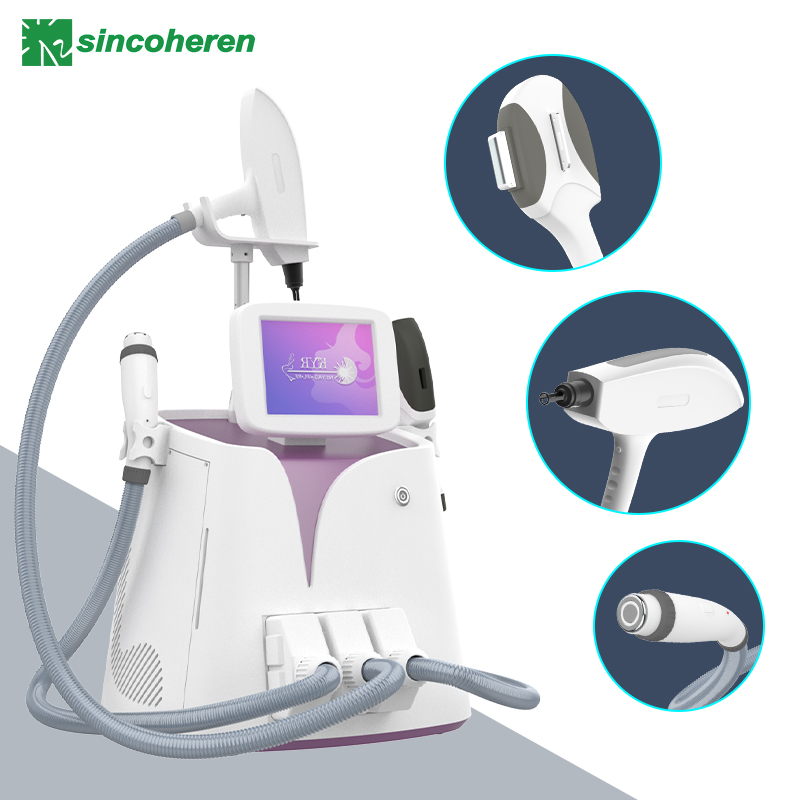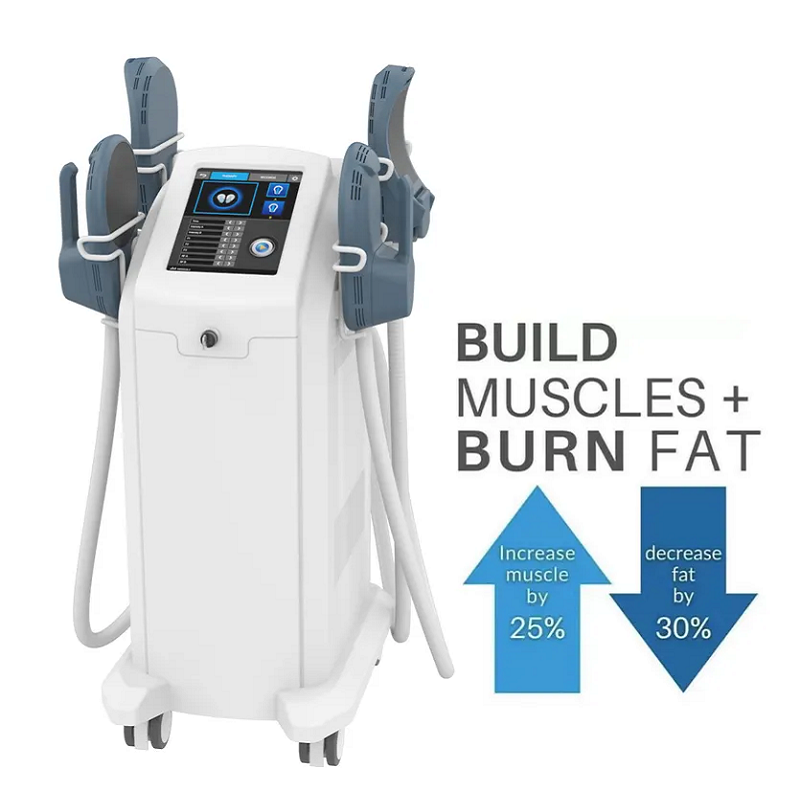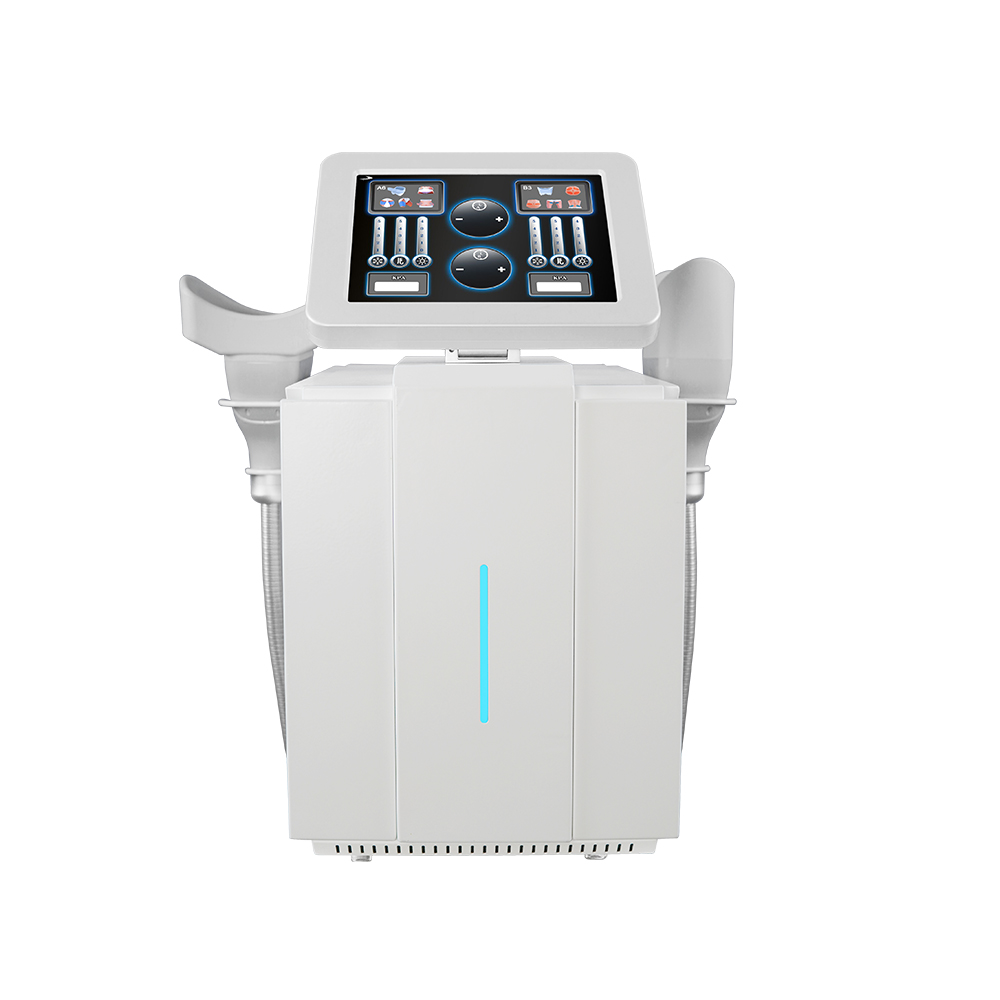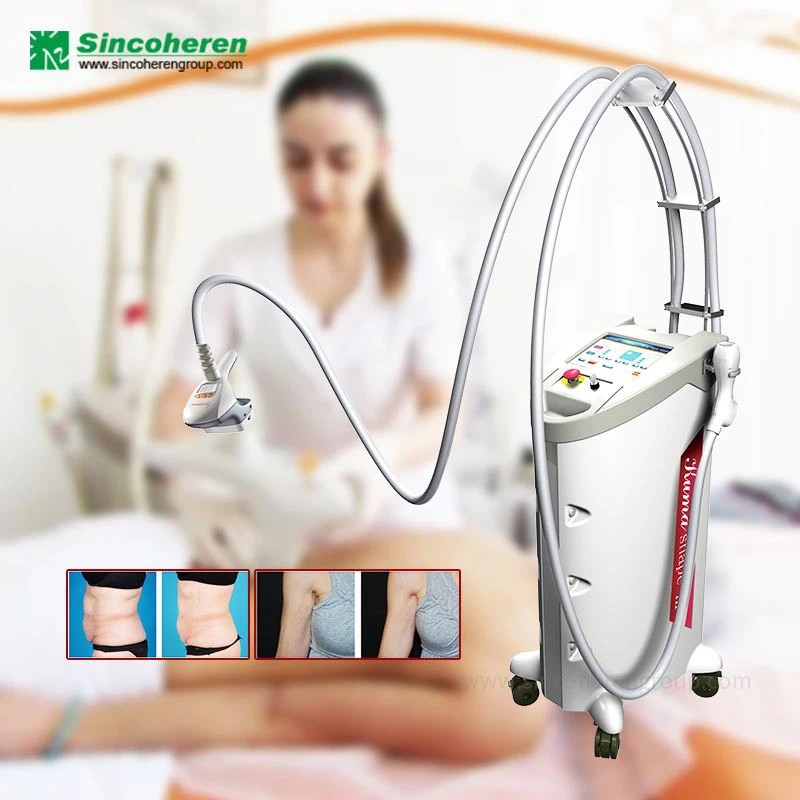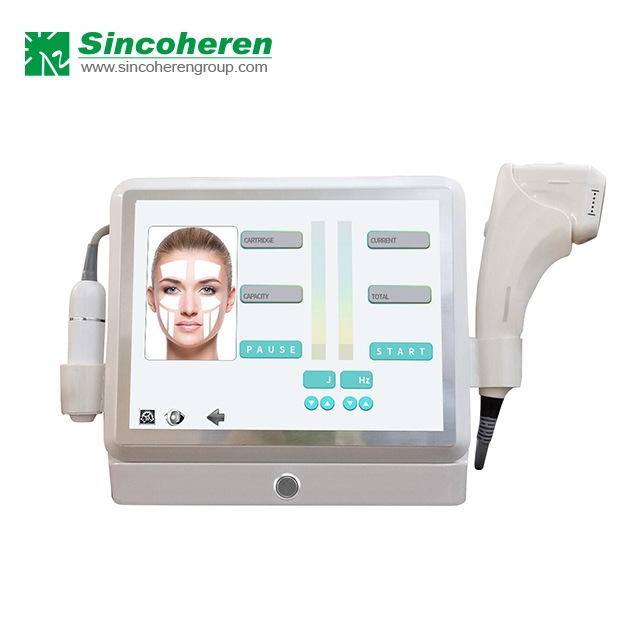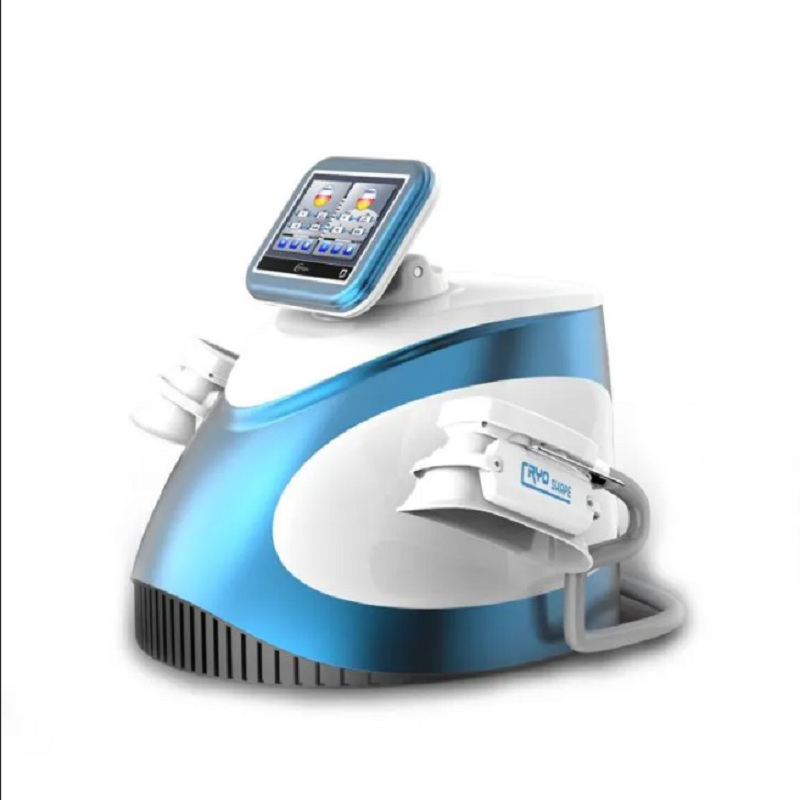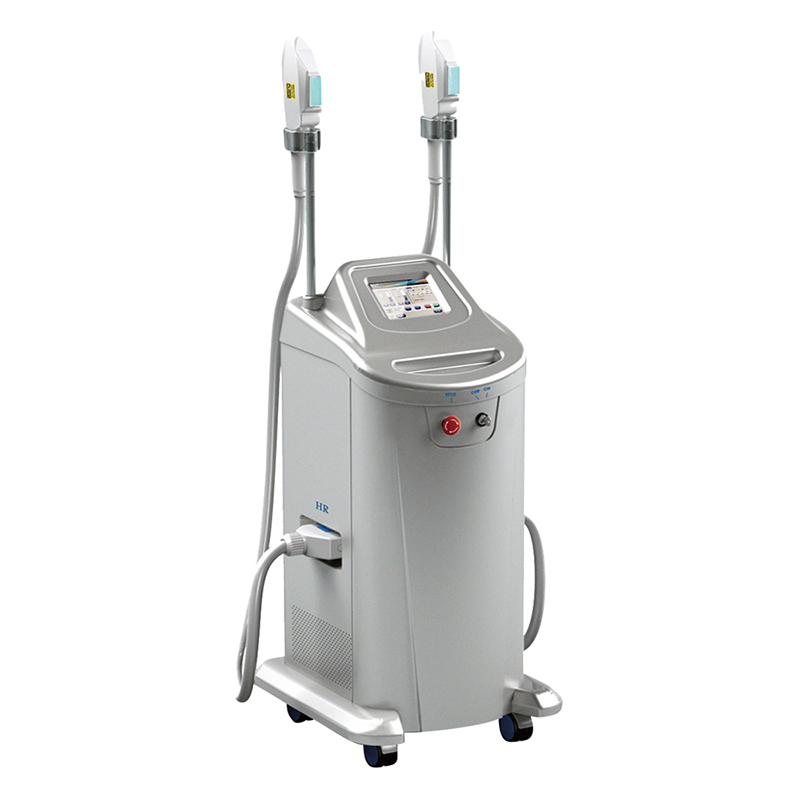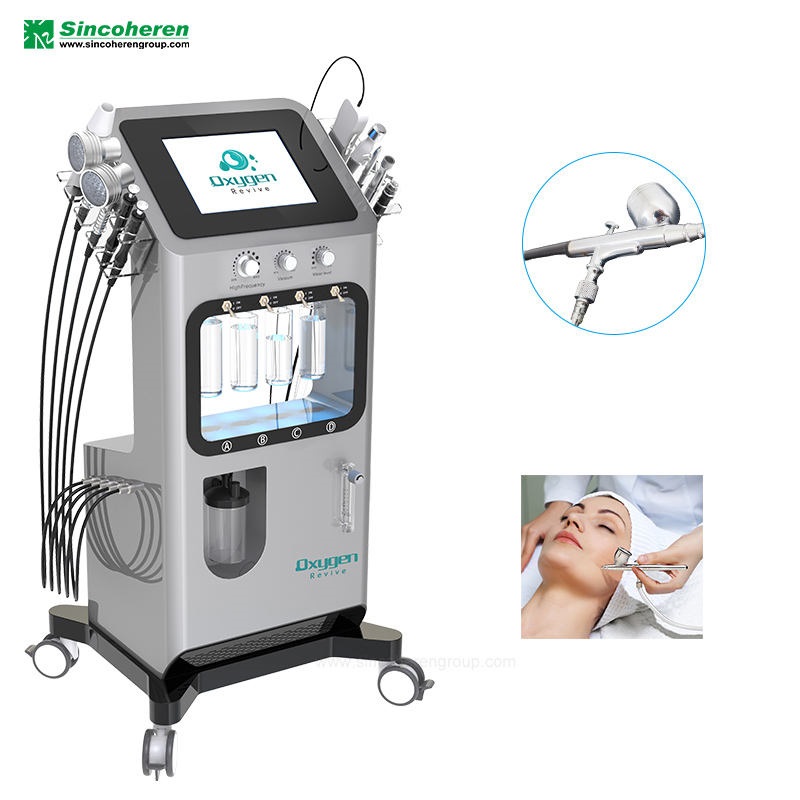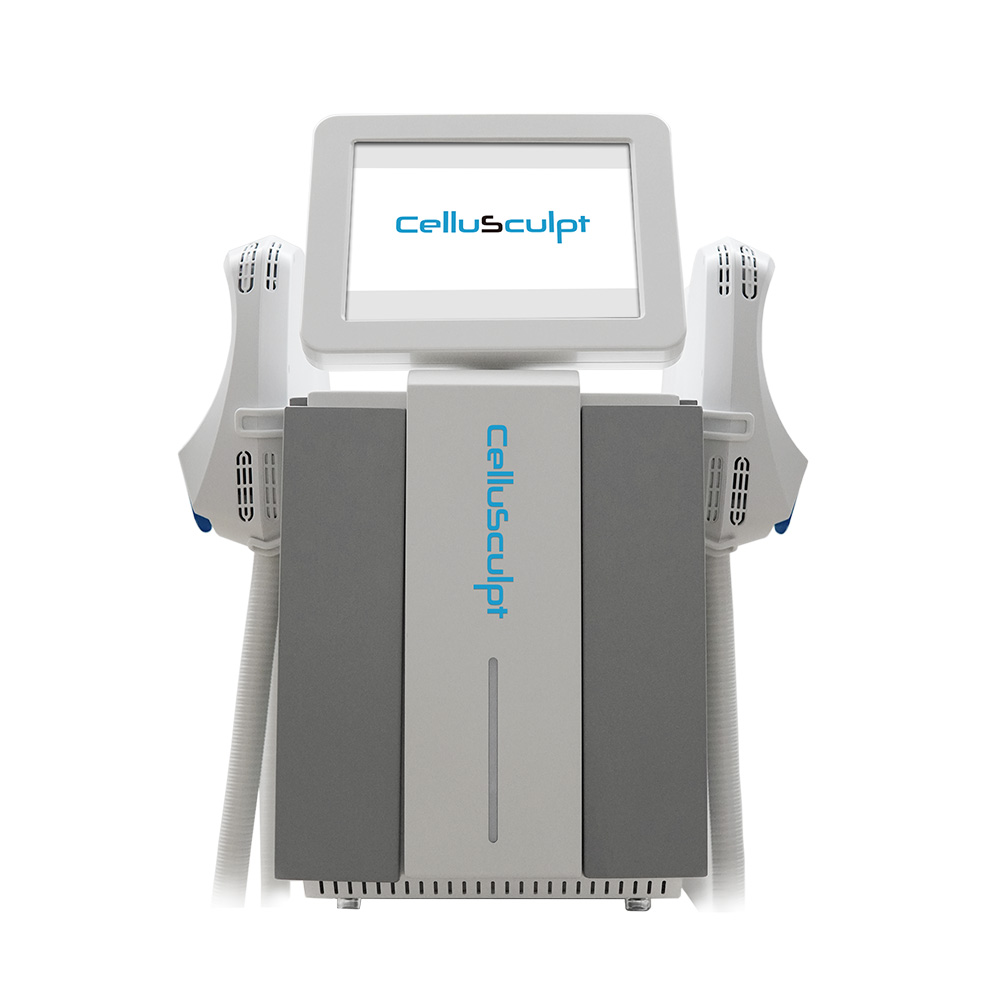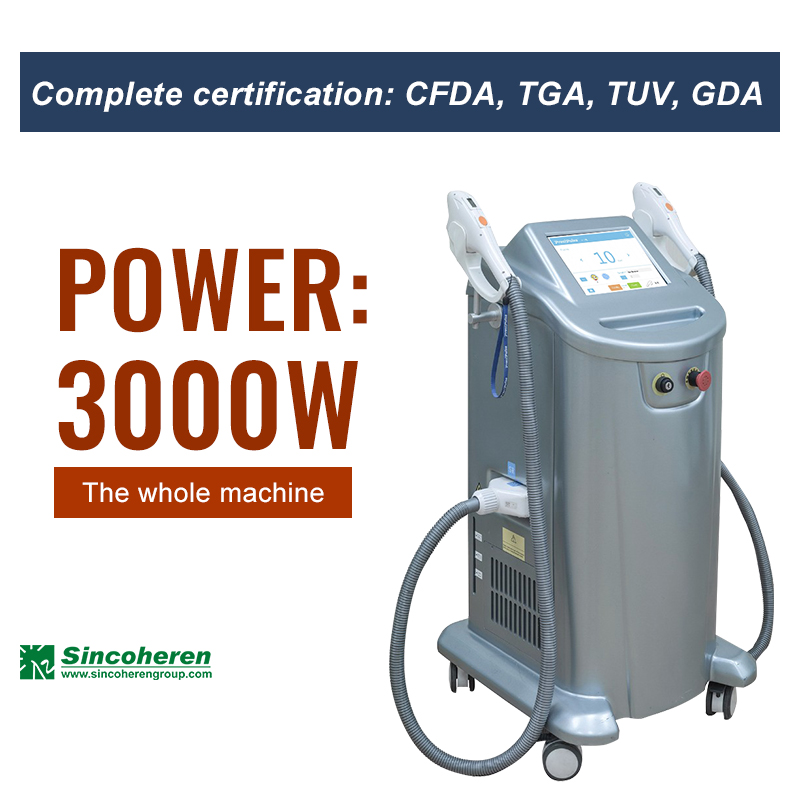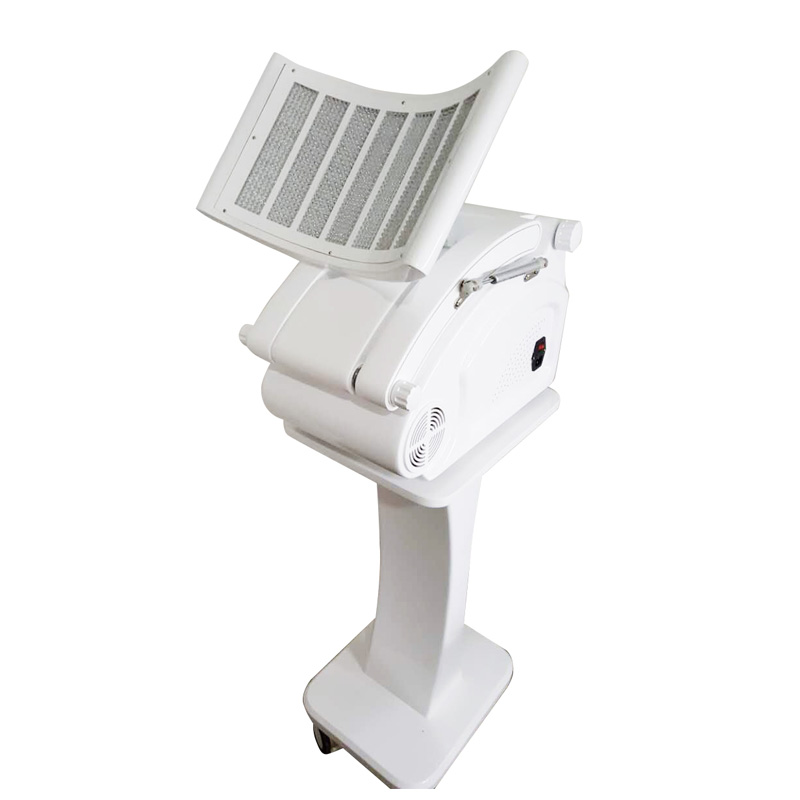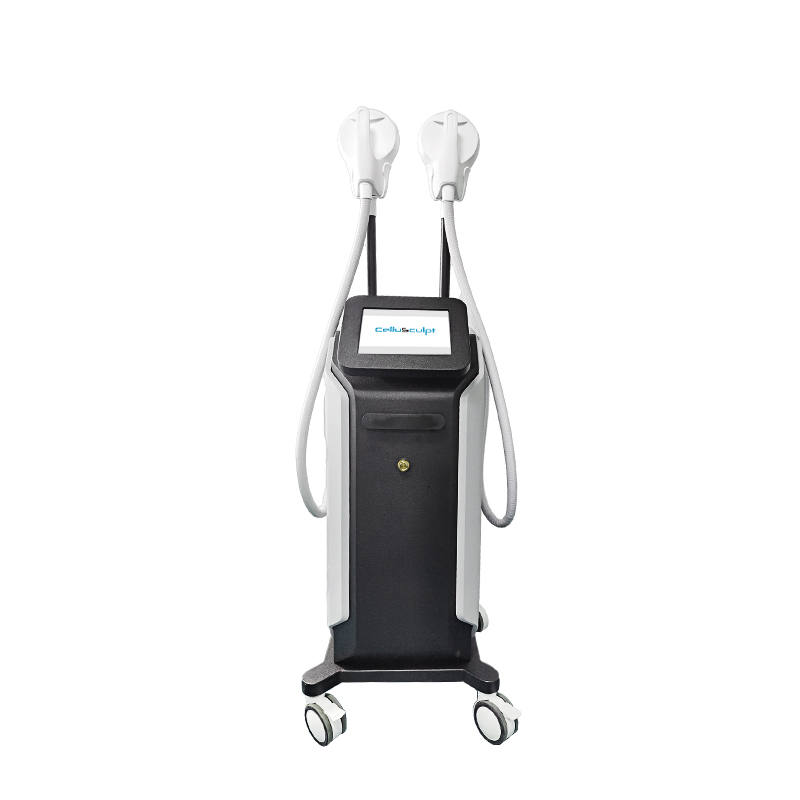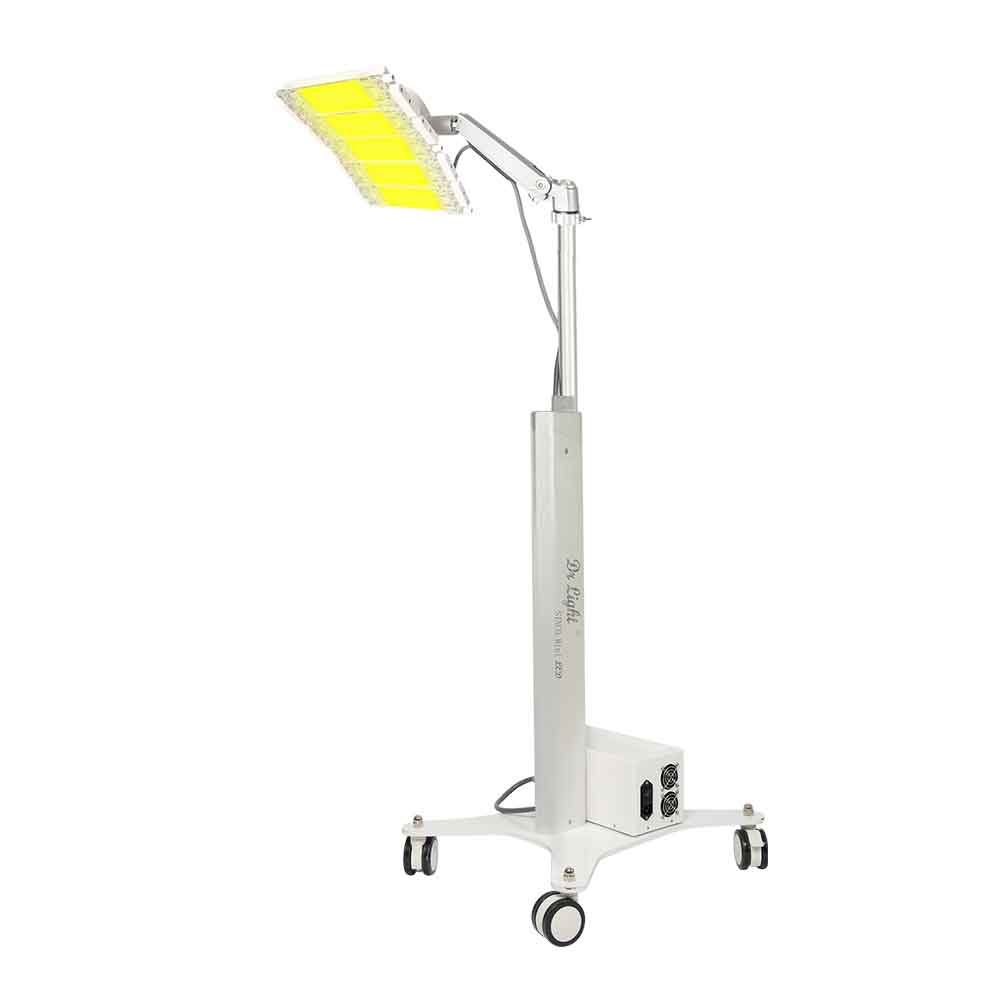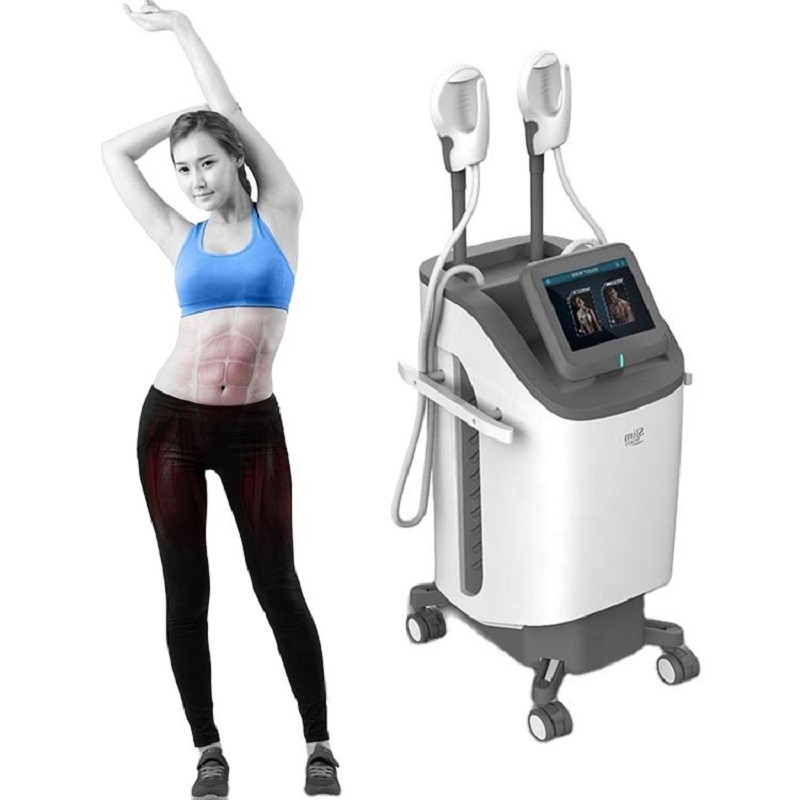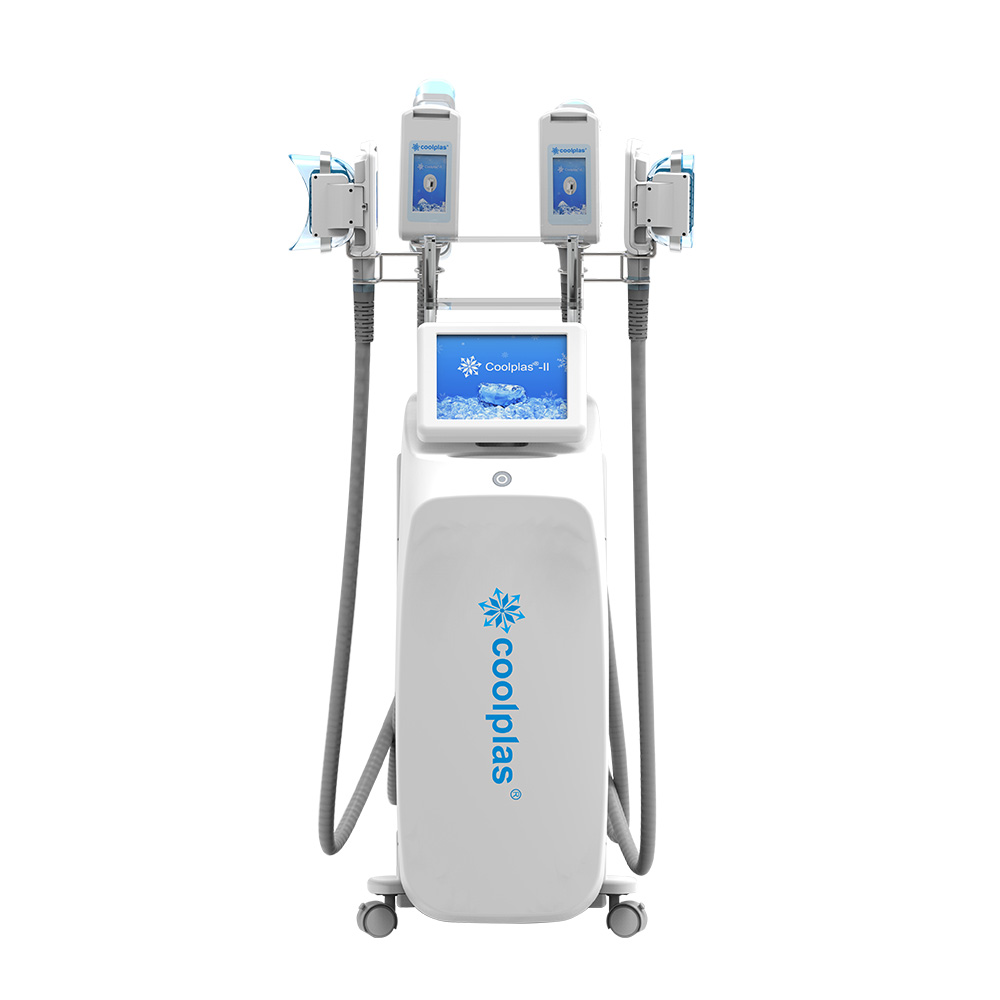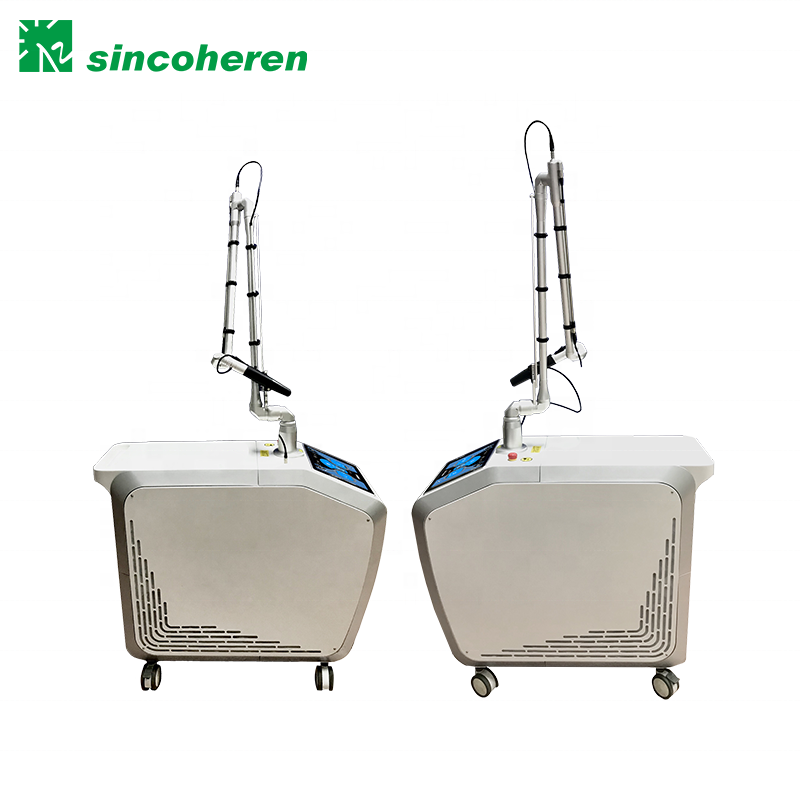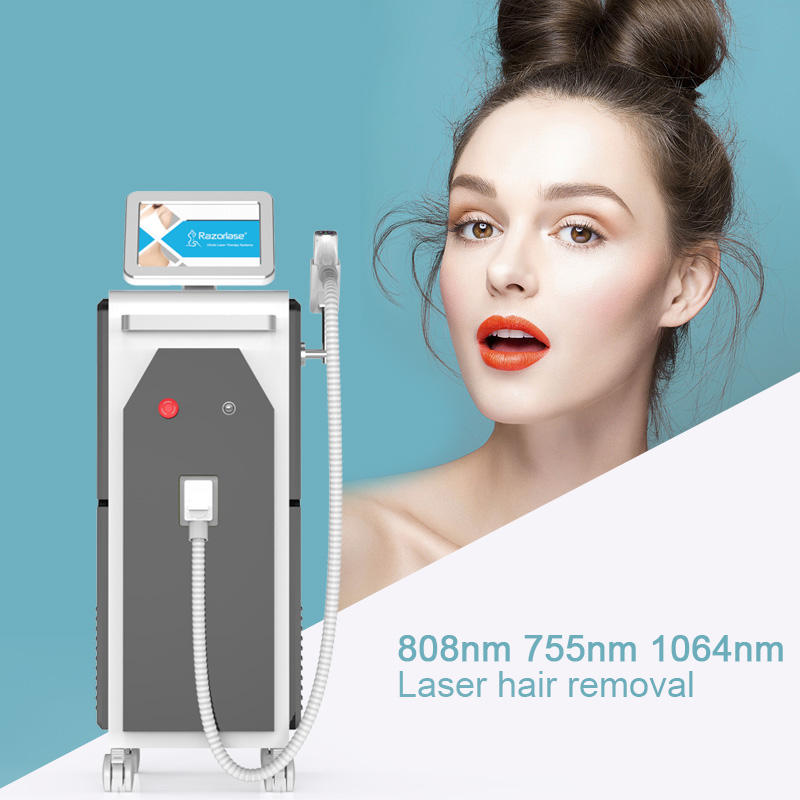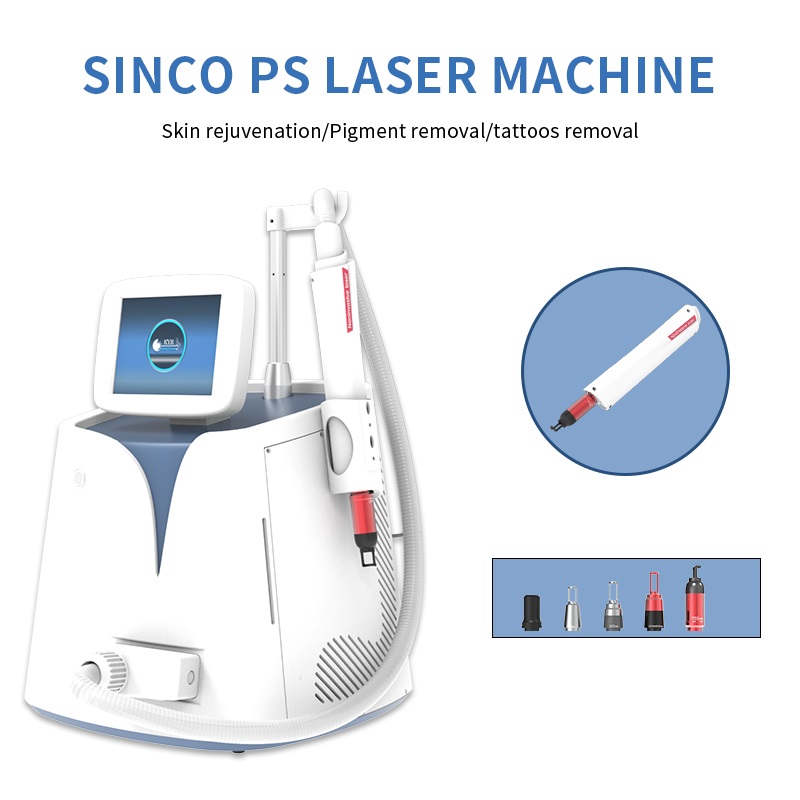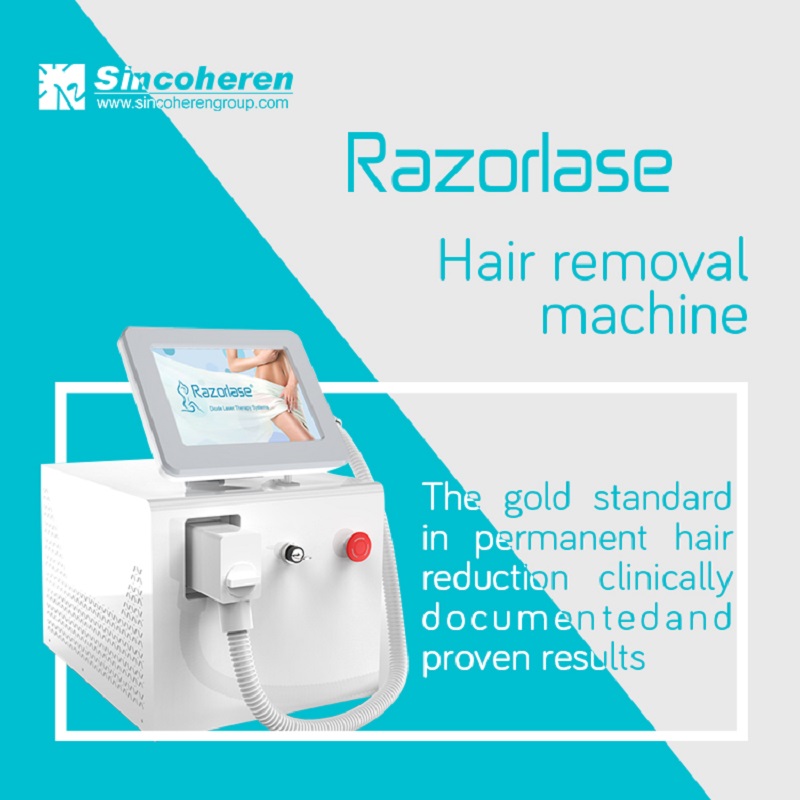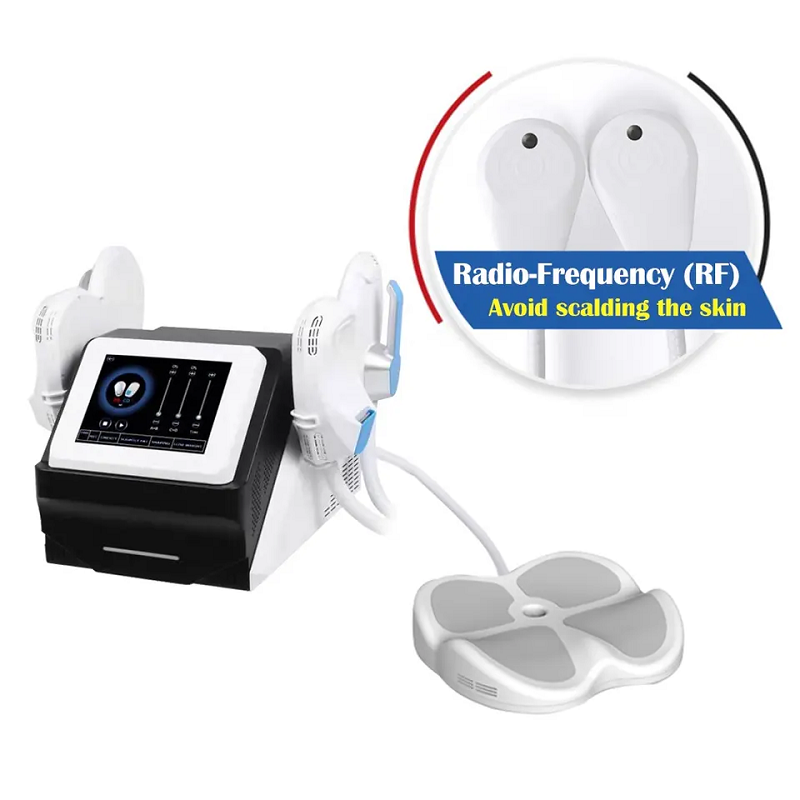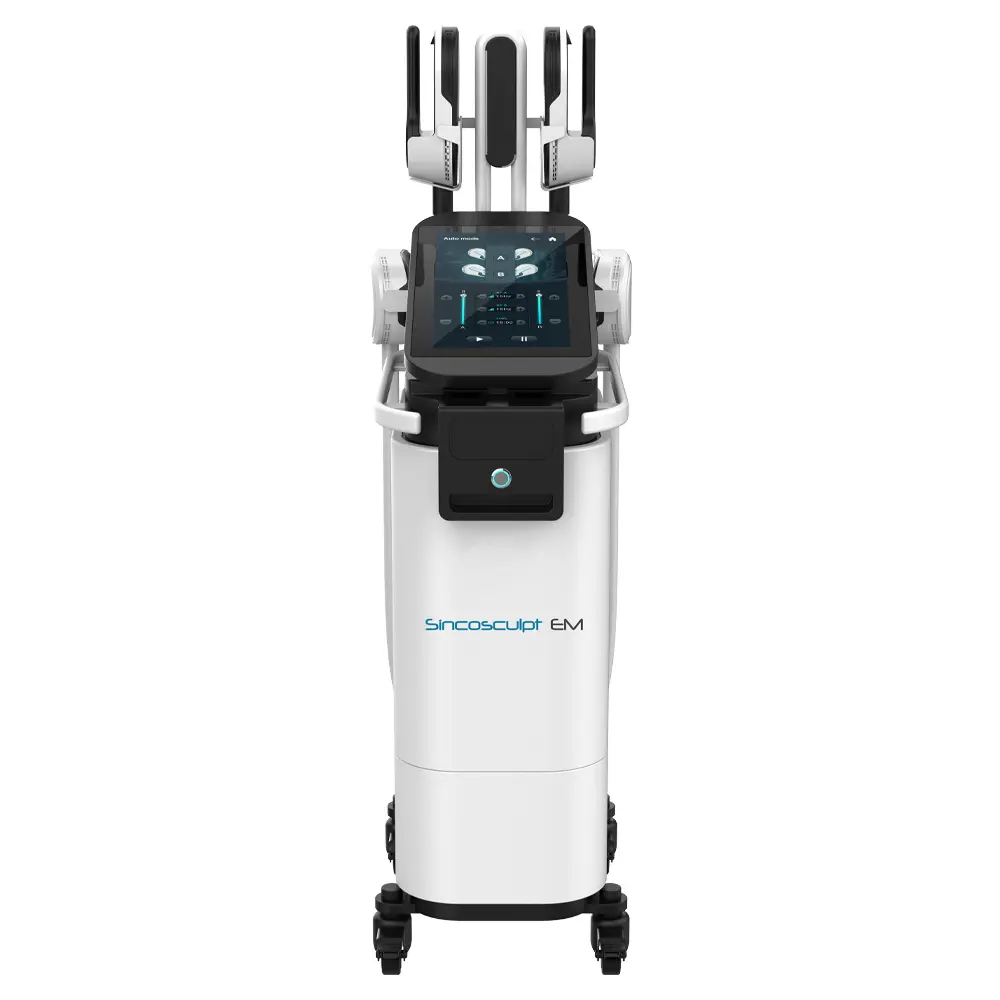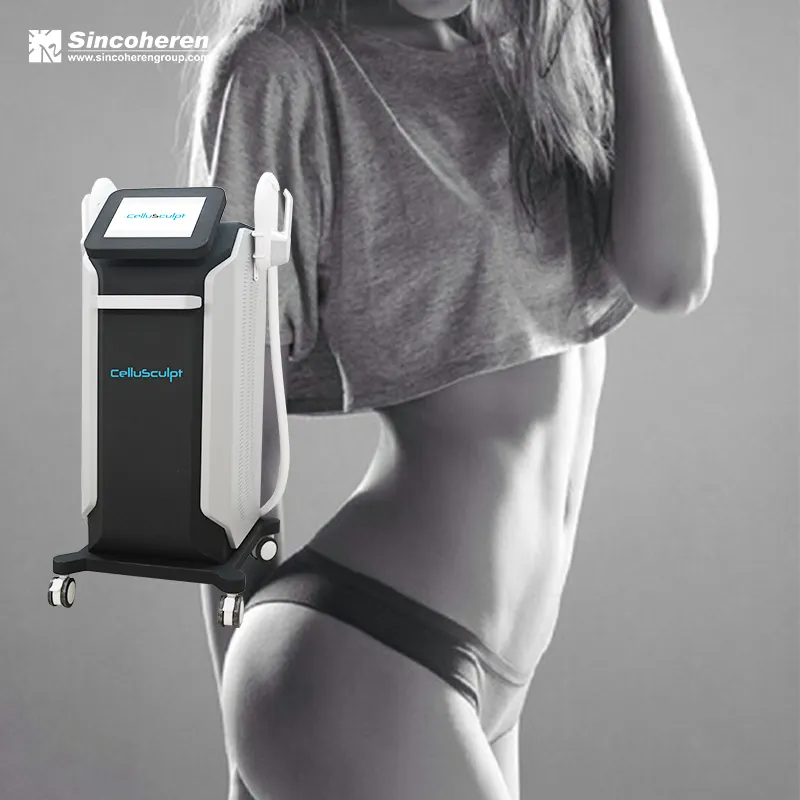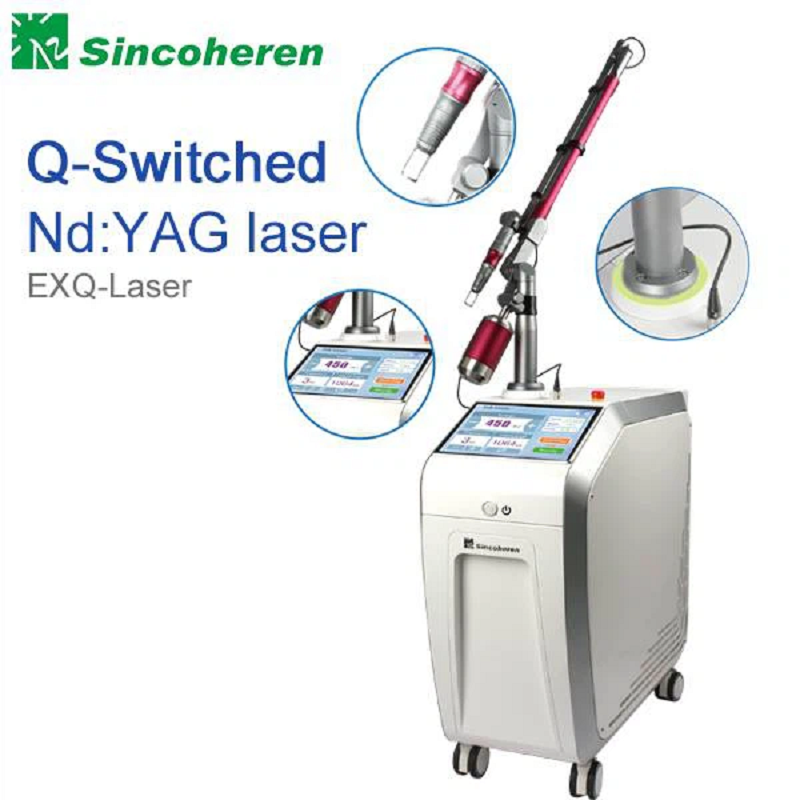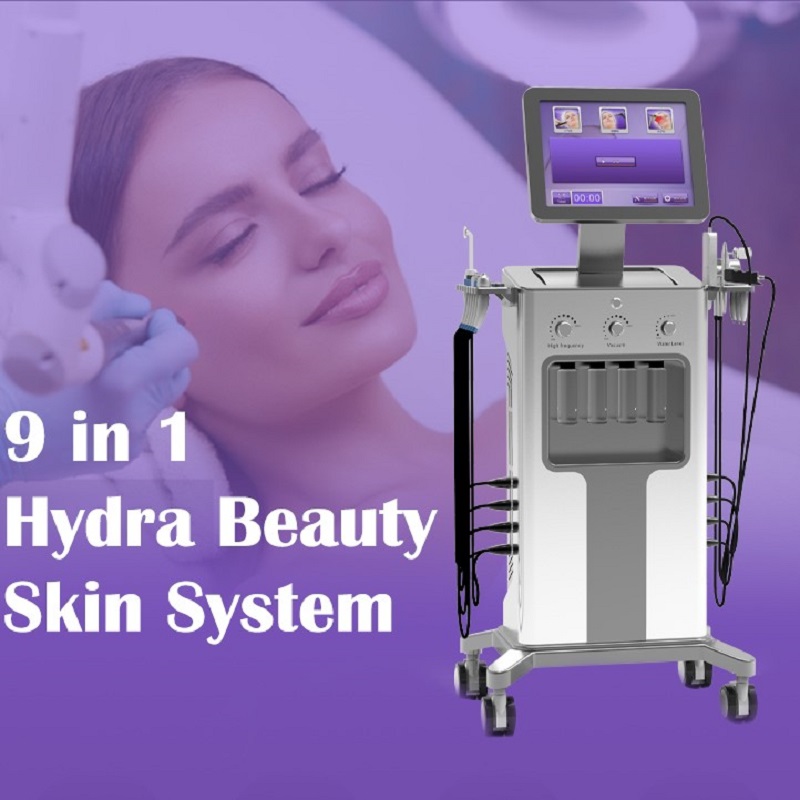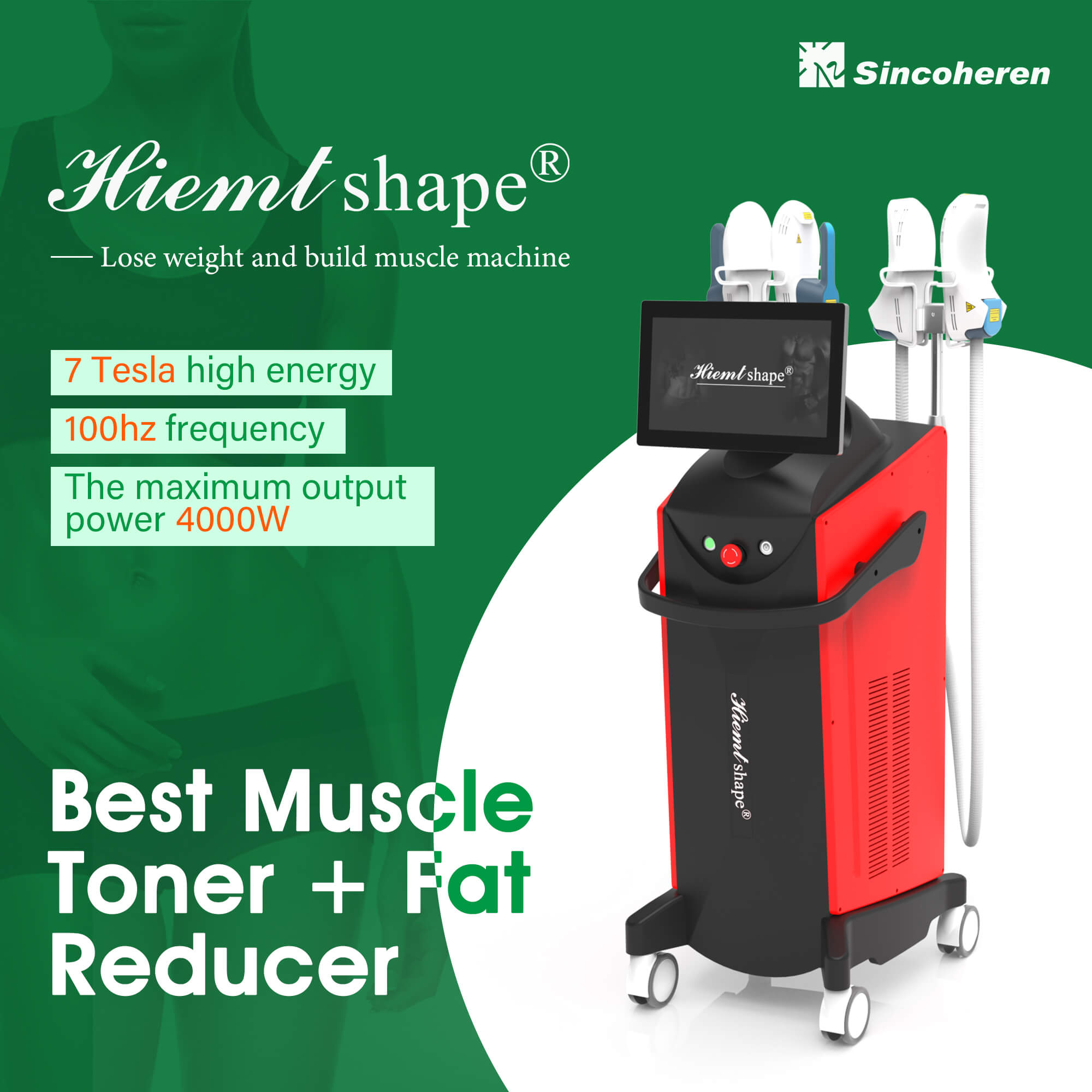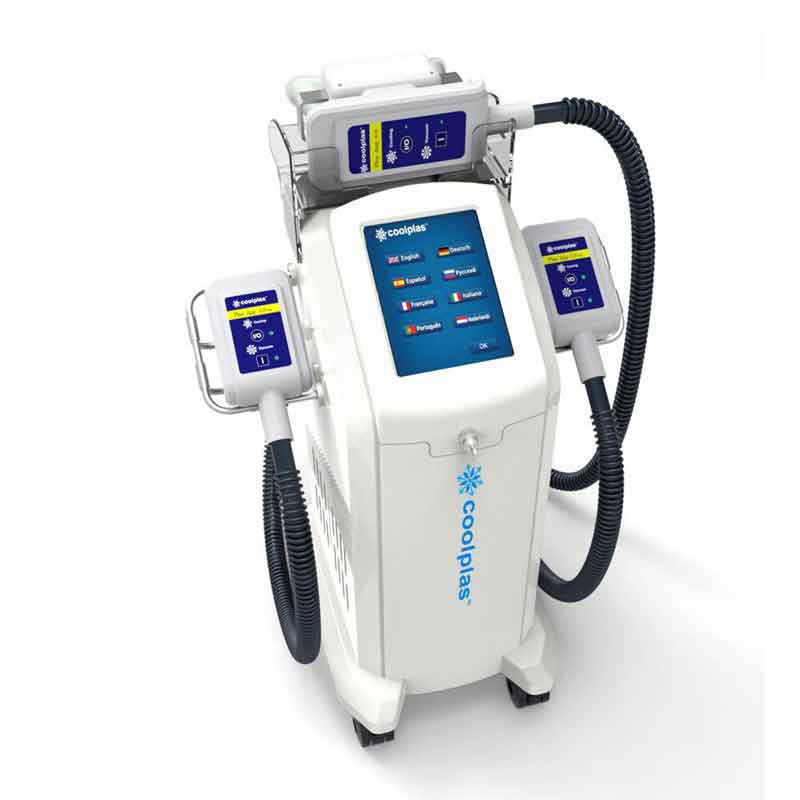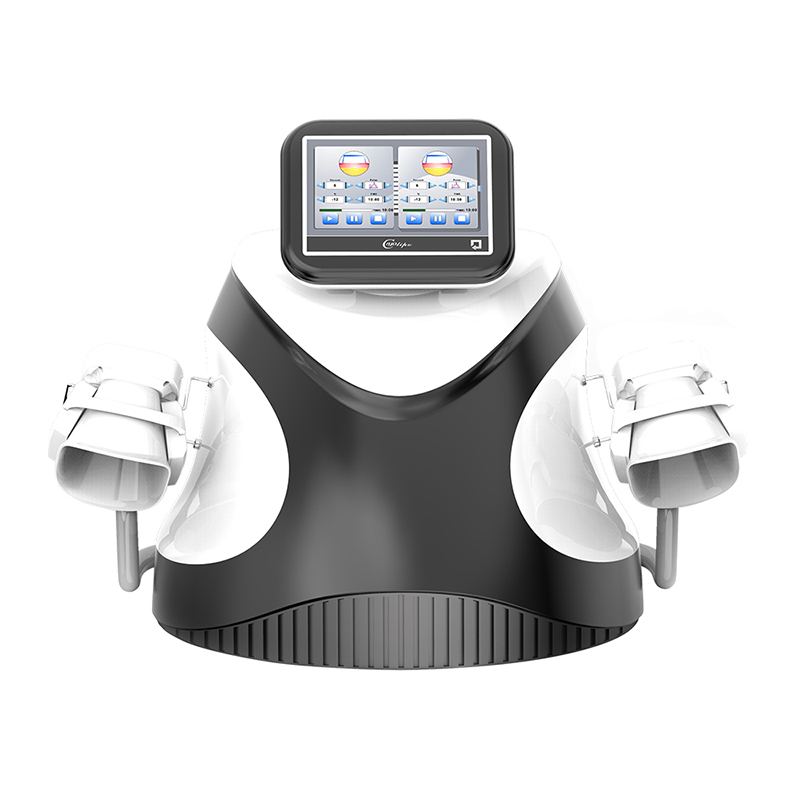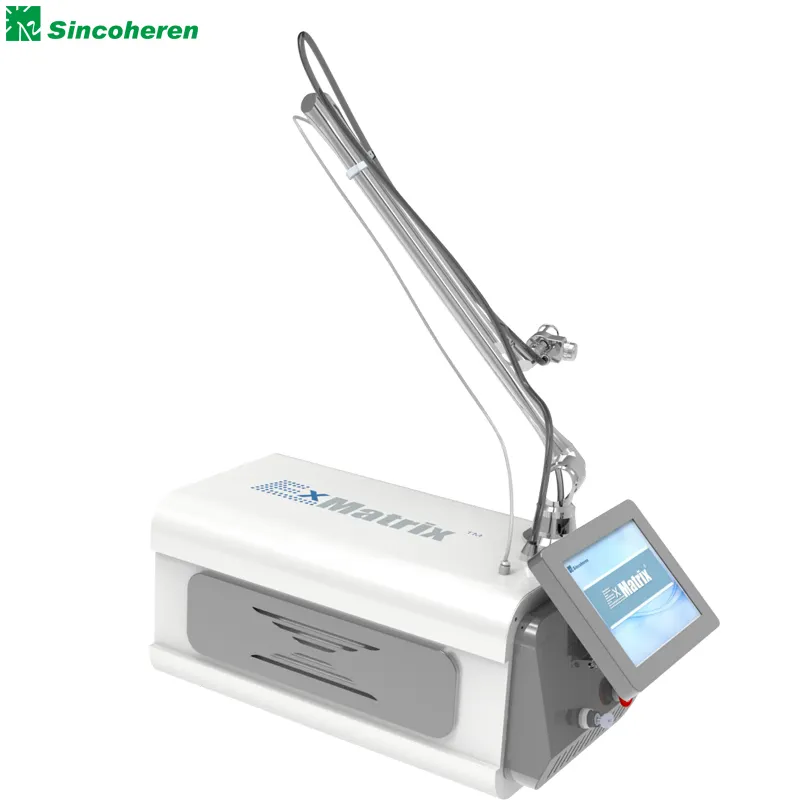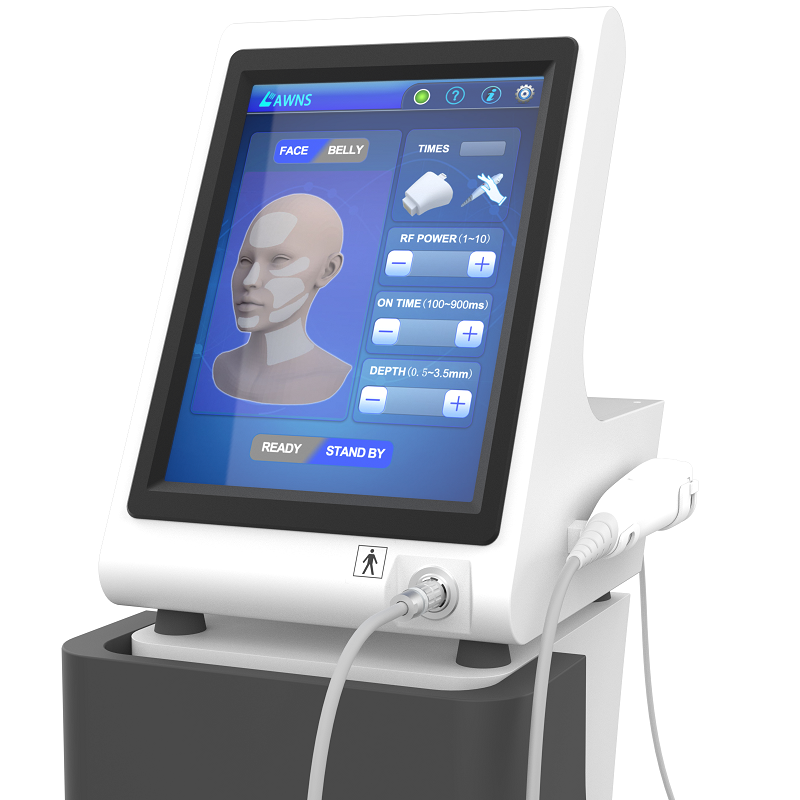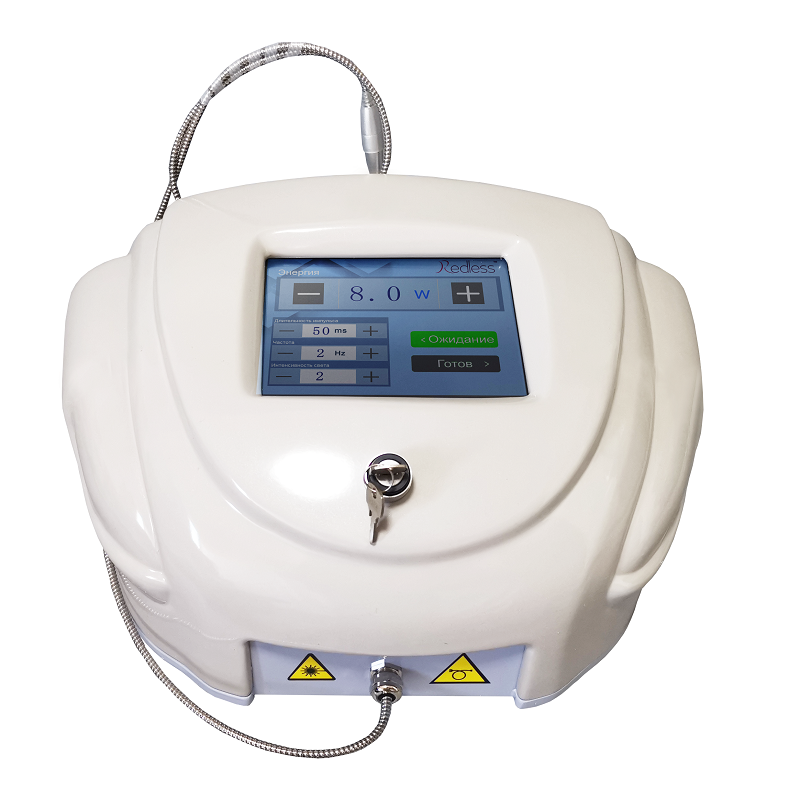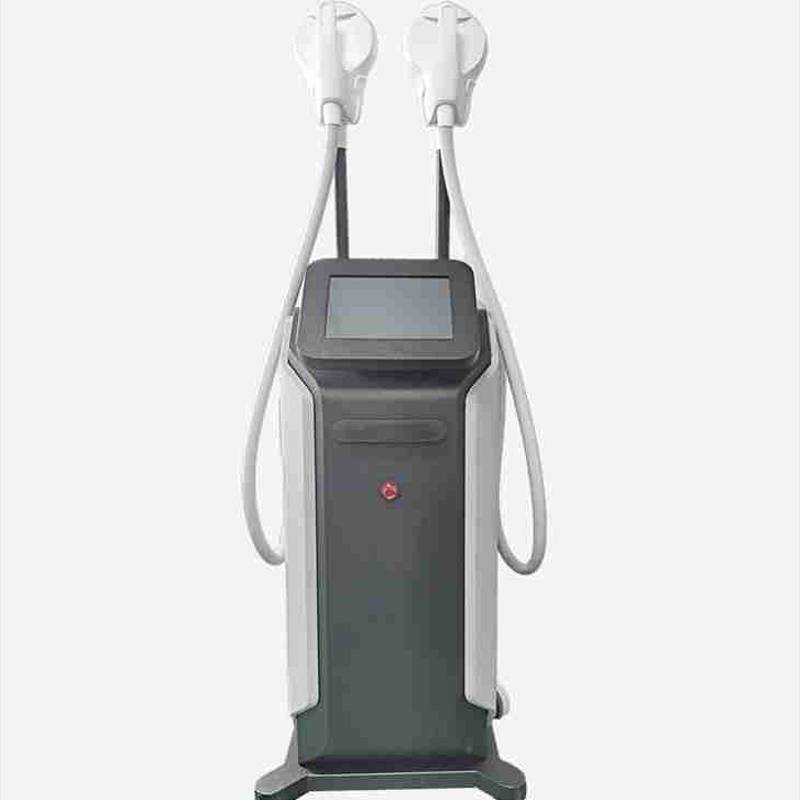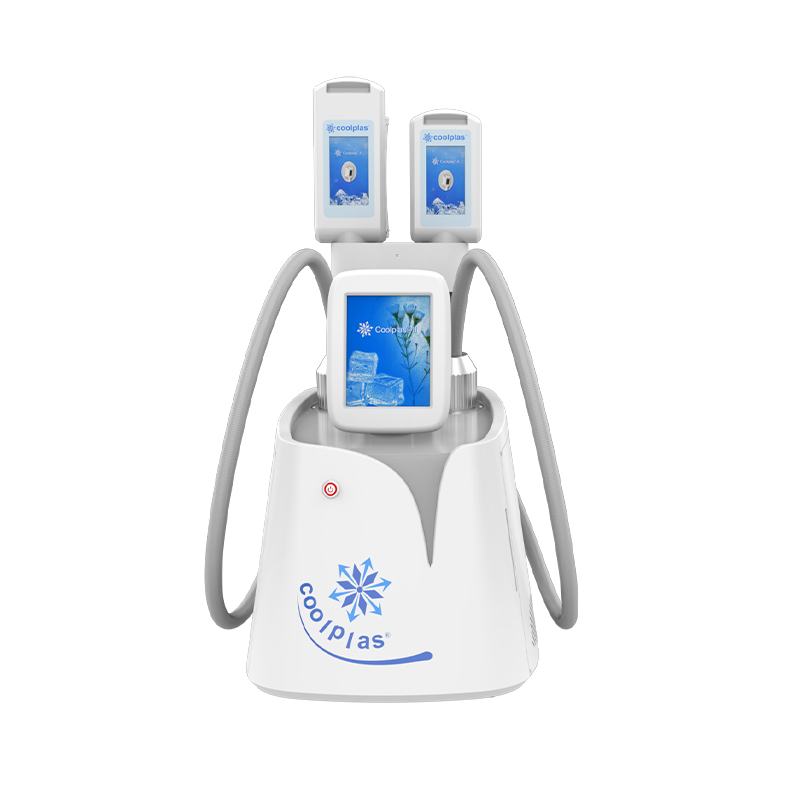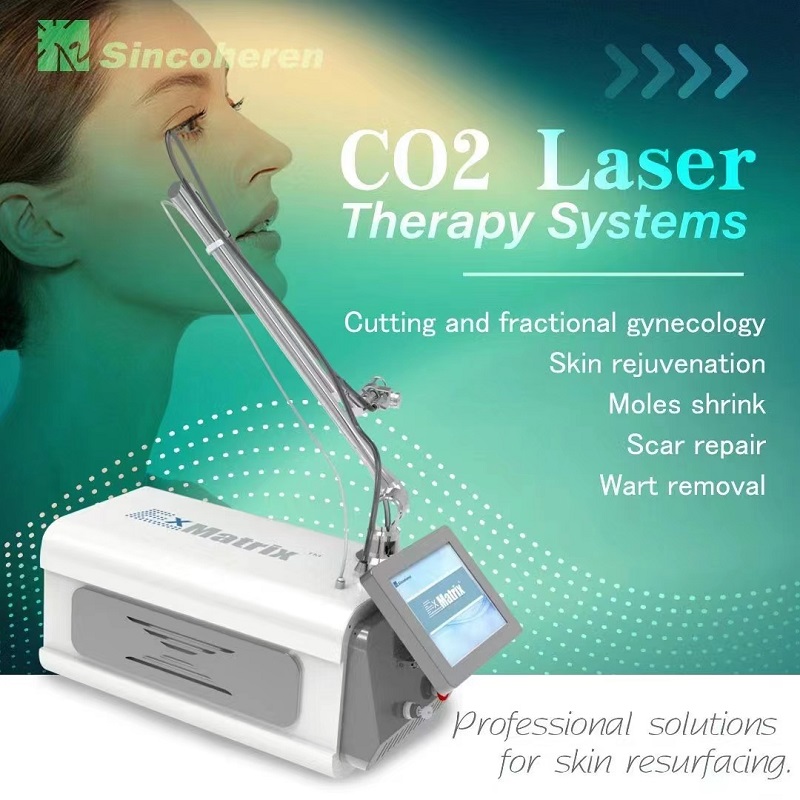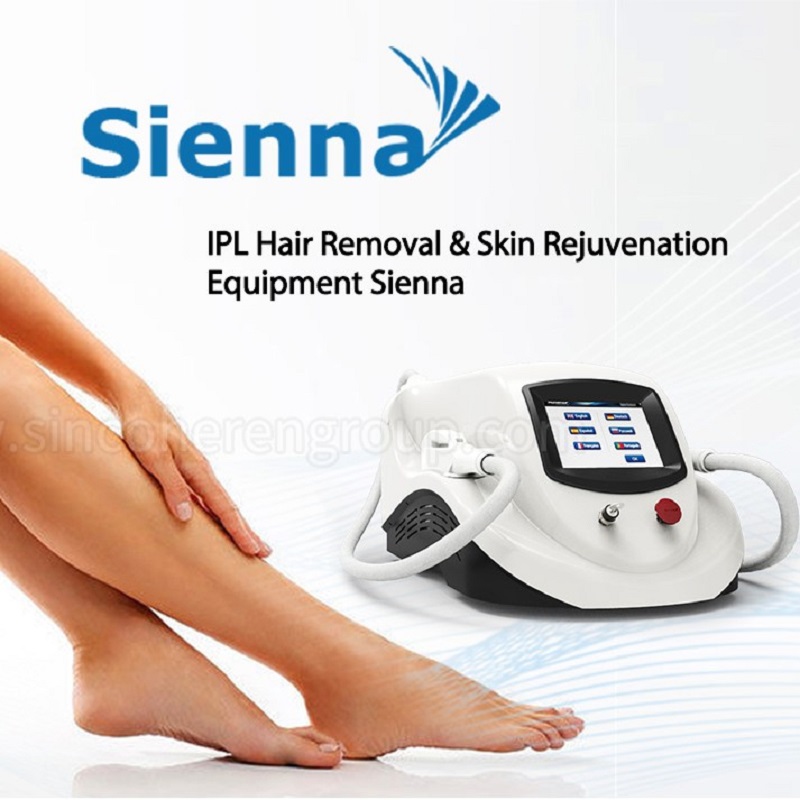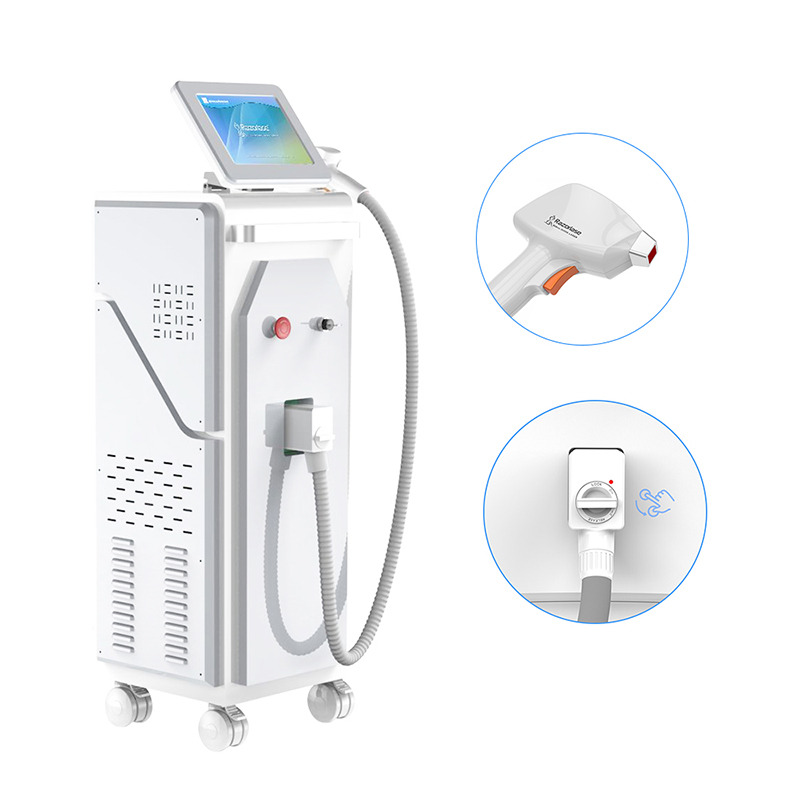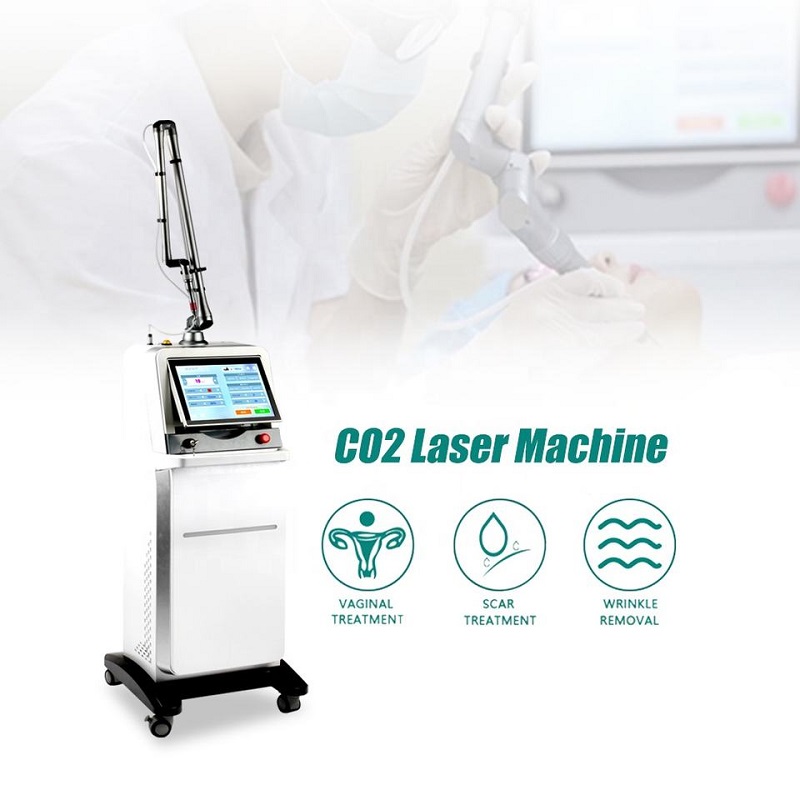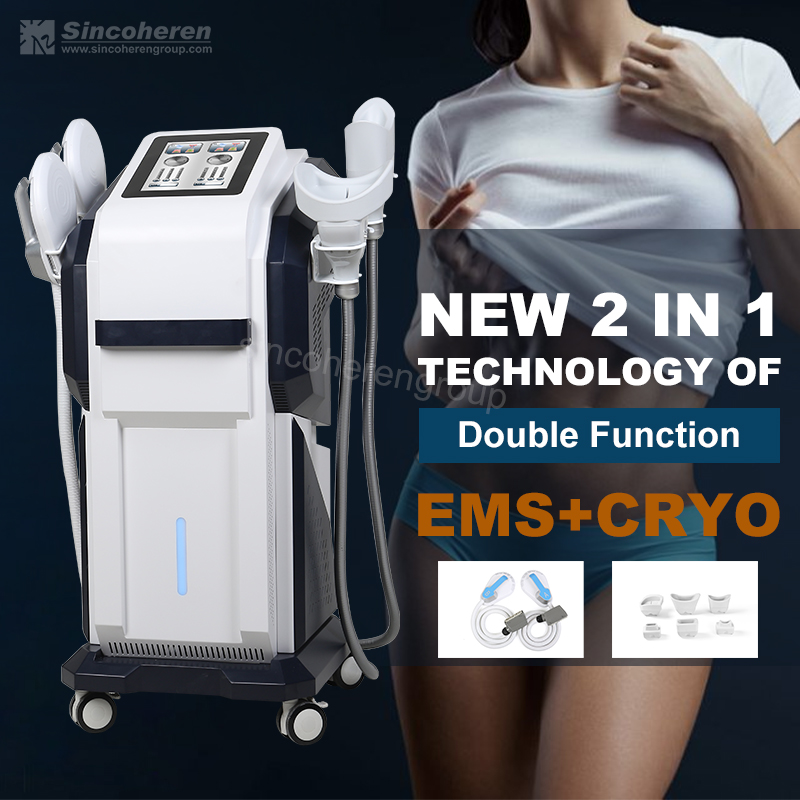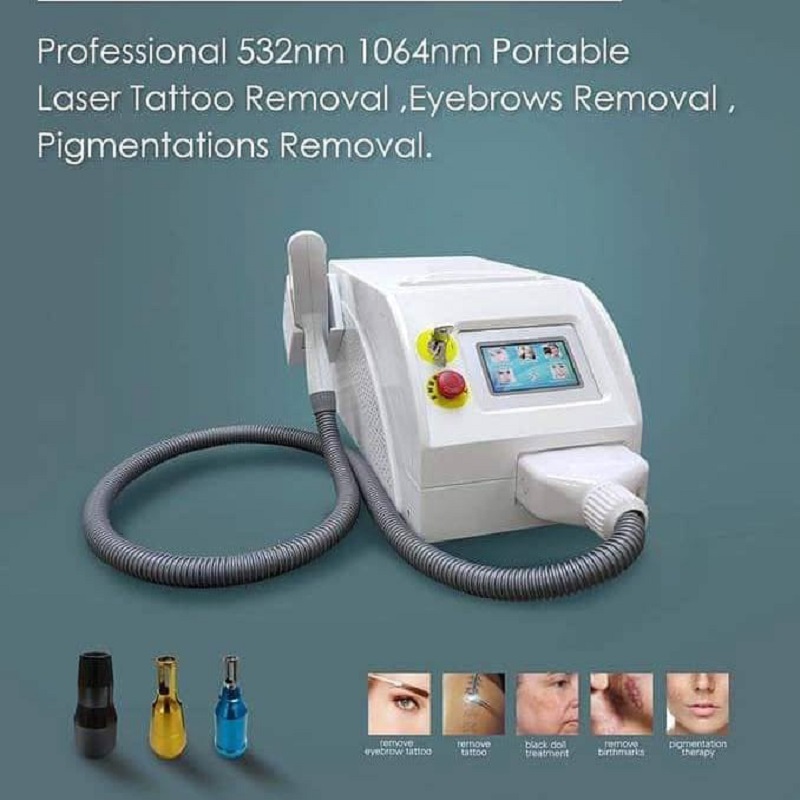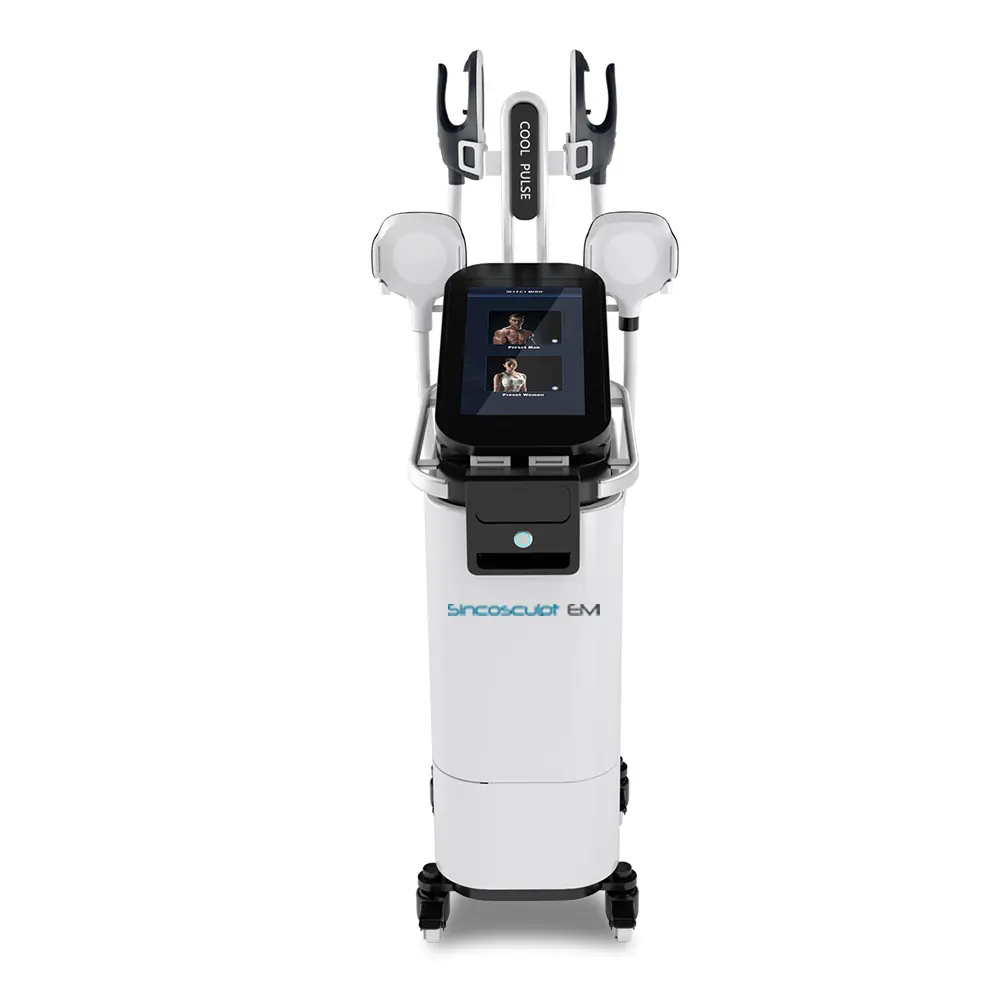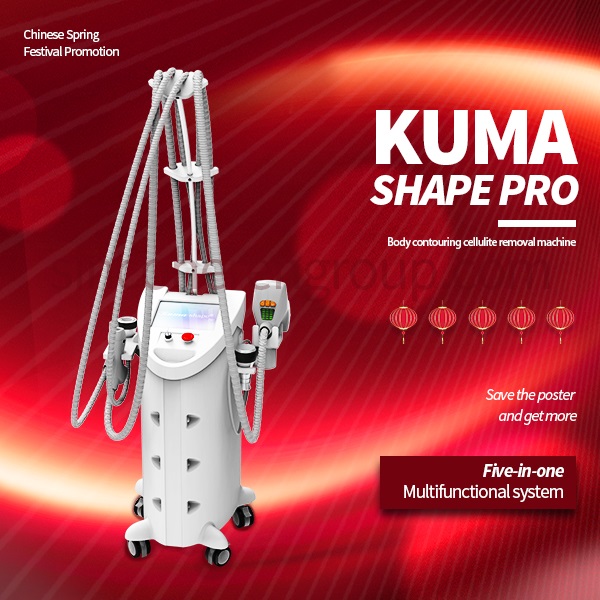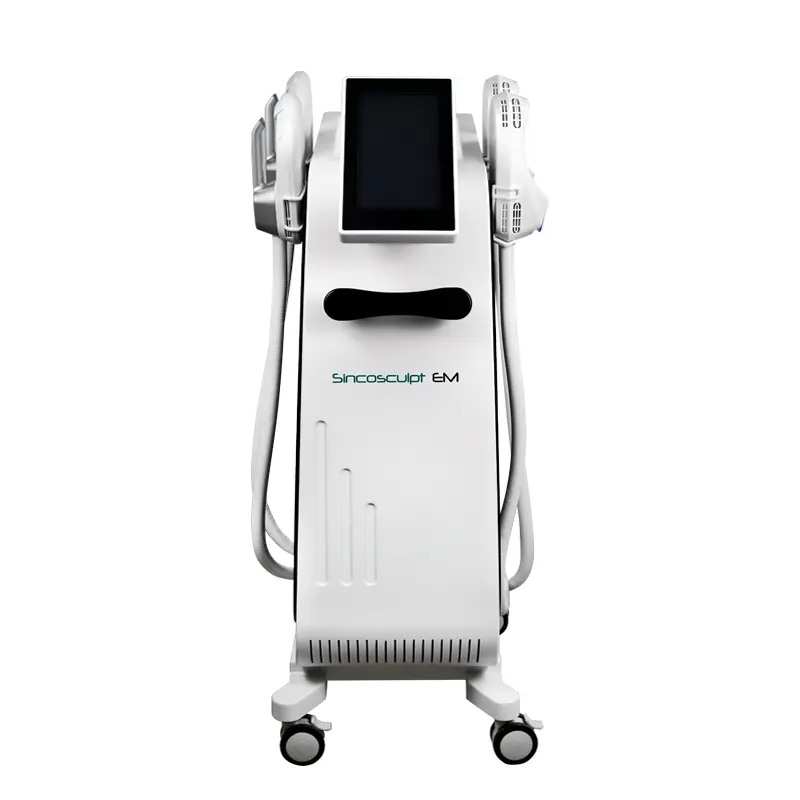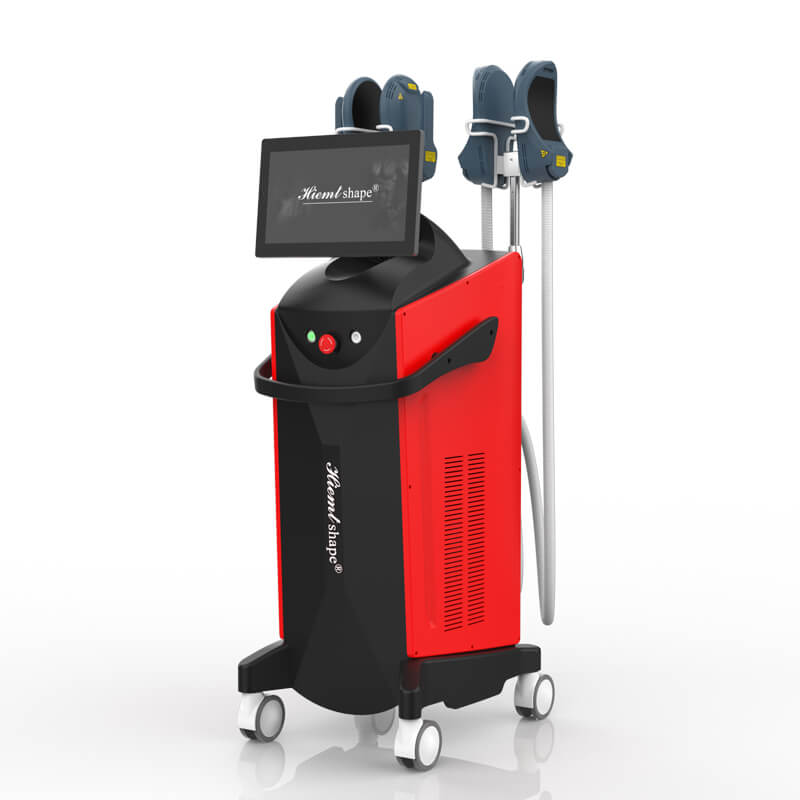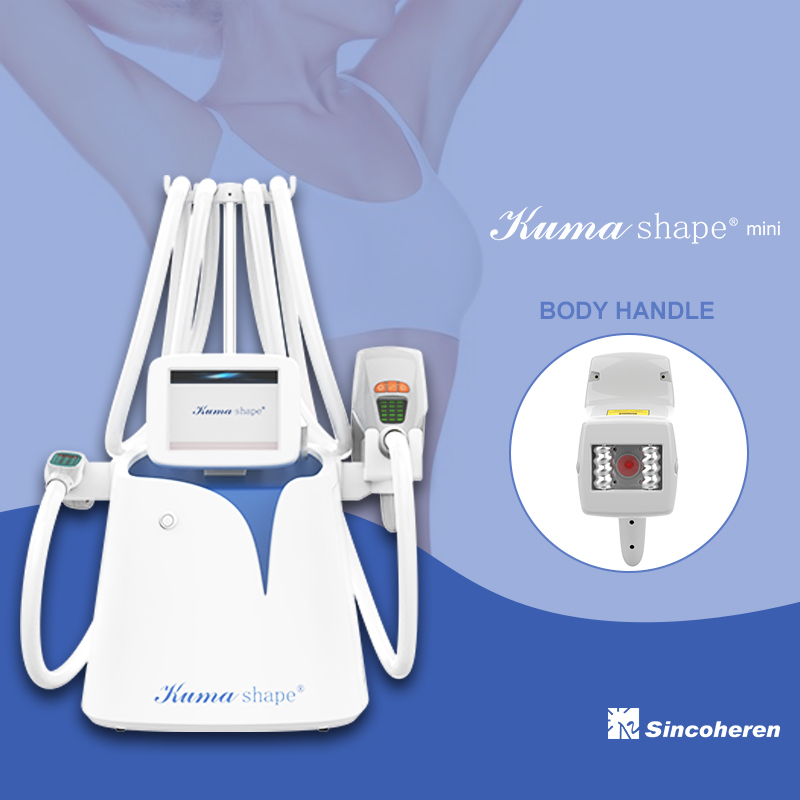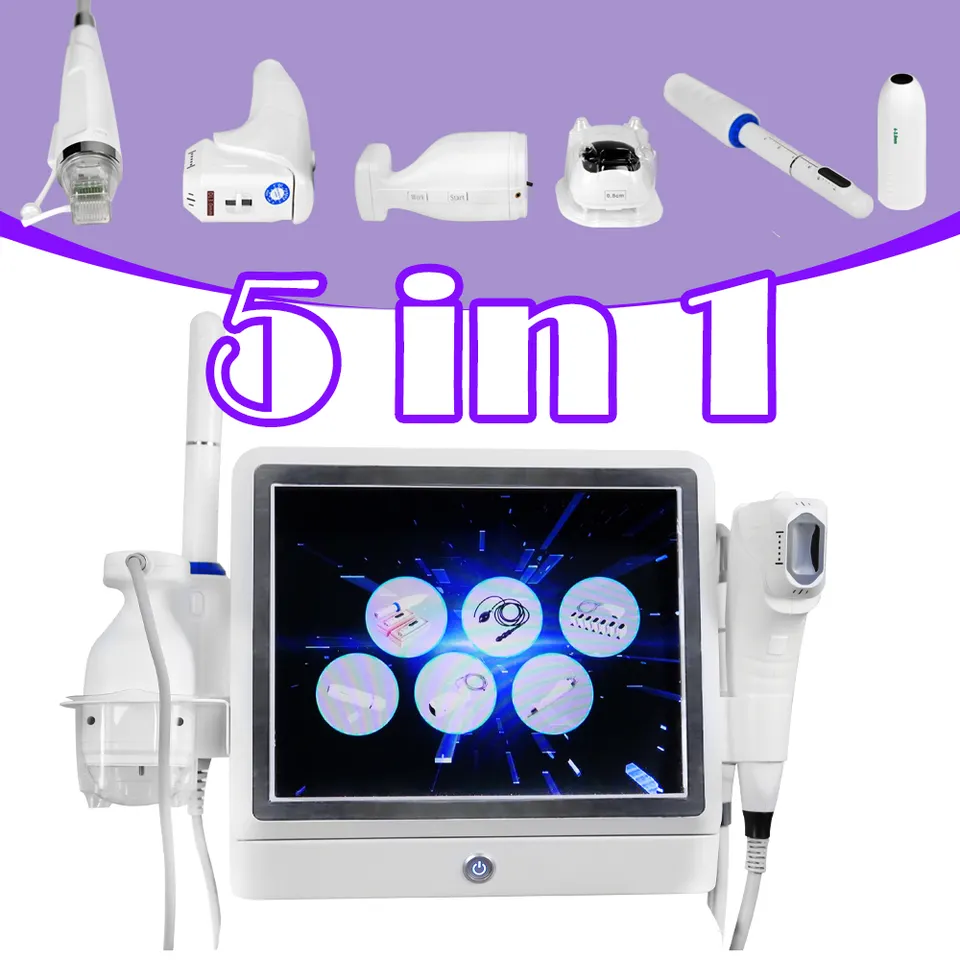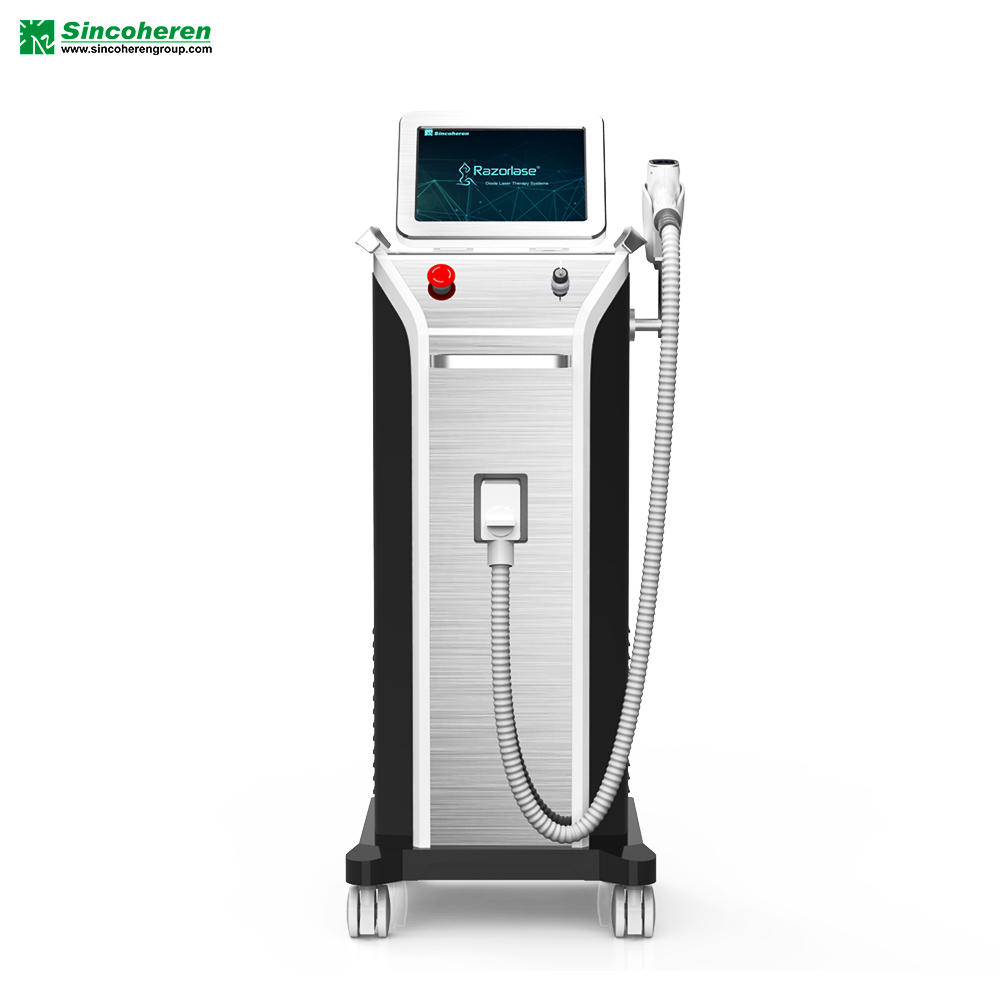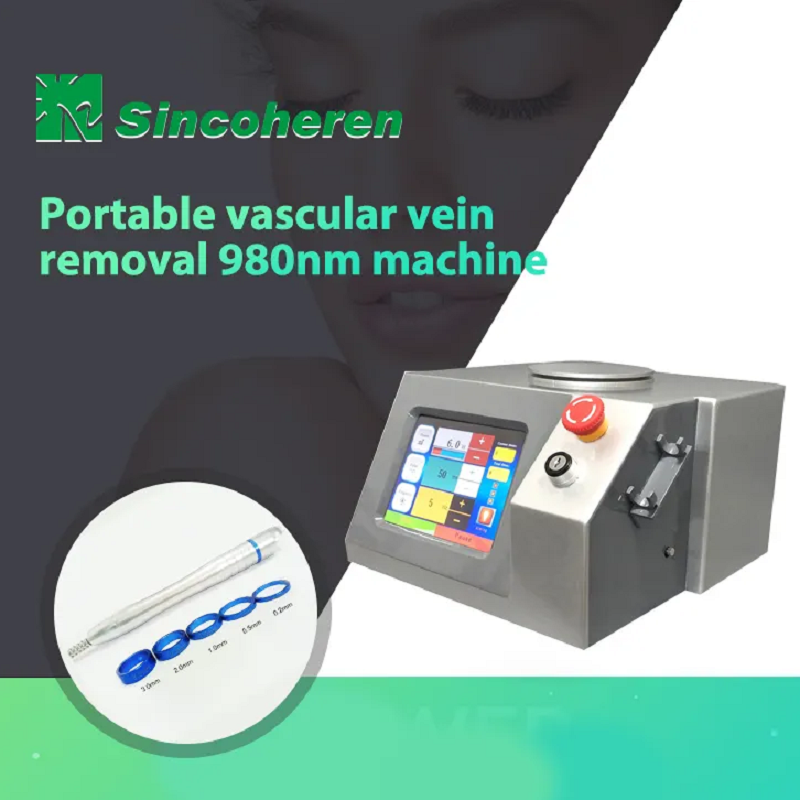Theory

ND YAG laser and fractional CO2 laser are both advanced technologies used for skin resurfacing treatments, but they differ in their mechanisms of action, treatment outcomes, and target skin concerns.
Let's compare the two:
1. **Mechanism of Action:**
- ND YAG Laser: ND YAG lasers emit high-energy light pulses that penetrate the skin to target specific chromophores, such as melanin or hemoglobin. This makes them effective for treating pigmentation issues,
vascular lesions, and tattoo removal. However, ND YAG lasers are not typically used for ablative skin resurfacing.
- Fractional CO2 Laser: Fractional CO2 lasers use carbon dioxide (CO2) gas as the medium to deliver laser energy to the skin. They create microscopic columns of thermal injury, known as microthermal zones (MTZs),
in the skin's surface, stimulating collagen production and promoting skin regeneration. Fractional CO2 lasers are primarily used for ablative skin resurfacing to address concerns such as wrinkles, fine lines, acne scars,
and uneven skin texture.
<<<TO KNOW MORE >>>
2. **Treatment Outcomes:**
- ND YAG Laser: ND YAG lasers are effective for improving skin tone and texture, reducing pigmentation irregularities, and treating vascular lesions. They can also be used for non-ablative skin rejuvenation, promoting
collagen production and tightening lax skin.
- Fractional CO2 Laser: Fractional CO2 lasers produce more significant skin resurfacing results by inducing controlled thermal injury to the skin's surface. This stimulates collagen remodeling and leads to smoother,
firmer skin with improved texture and tone. Fractional CO2 lasers are particularly effective for addressing moderate to severe signs of aging and scarring.
<<<TO KNOW MORE >>>
3. **Downtime and Recovery:**
- ND YAG Laser: Non-ablative ND YAG laser treatments typically have minimal downtime, with mild redness and swelling that resolve within a few days. Patients can usually resume normal activities immediately after
treatment.
- Fractional CO2 Laser: Ablative fractional CO2 laser treatments require more downtime compared to ND YAG laser treatments. Patients may experience redness, swelling, and peeling for up to one to two weeks
following treatment, depending on the intensity of the laser and the depth of the treatment.
4. **Suitability for Skin Types:**
- ND YAG Laser: ND YAG lasers are safe for use on all skin types, including darker skin tones, as they have a lower risk of causing post-inflammatory hyperpigmentation compared to some other laser types.
- Fractional CO2 Laser: Fractional CO2 lasers are generally safe for lighter skin types but carry a higher risk of complications, such as hyperpigmentation, in individuals with darker skin tones. Pre-treatment skin
preparation and post-treatment care are essential to minimize the risk of adverse effects.
In summary, ND YAG laser and fractional CO2 laser treatments offer distinct benefits and are suitable for different skin concerns. ND YAG lasers excel in addressing pigmentation issues, vascular lesions, and non-ablative
skin rejuvenation, while fractional CO2 lasers are highly effective for ablative skin resurfacing to improve wrinkles, scars, and overall skin texture. Choosing the most appropriate treatment depends on individual skin
concerns, skin type, and desired outcomes, and consultation with a qualified dermatologist or skincare professional is recommended to determine the best approach for each patient.
<<<<Get A FREE Quote!>>>>>










